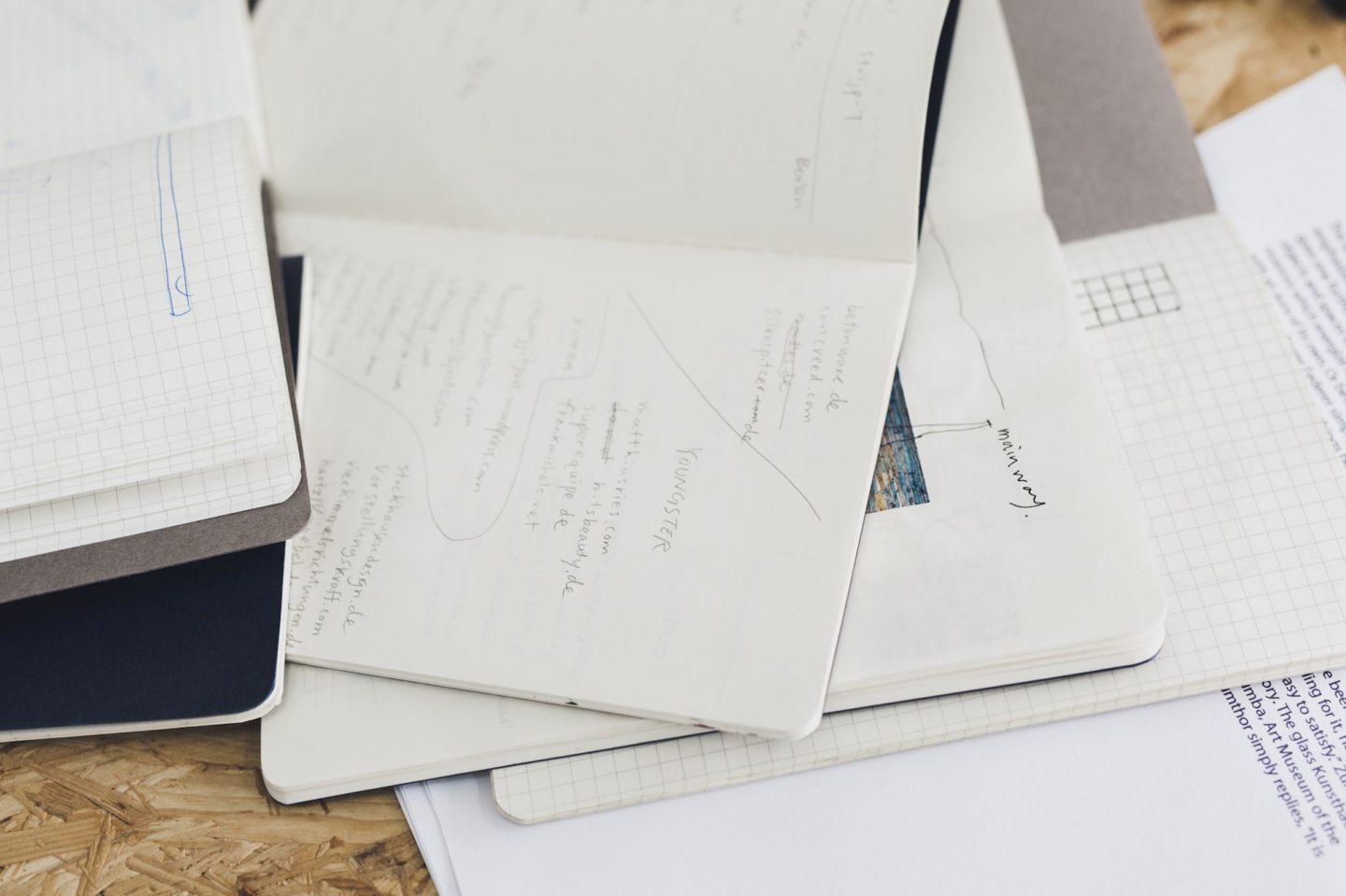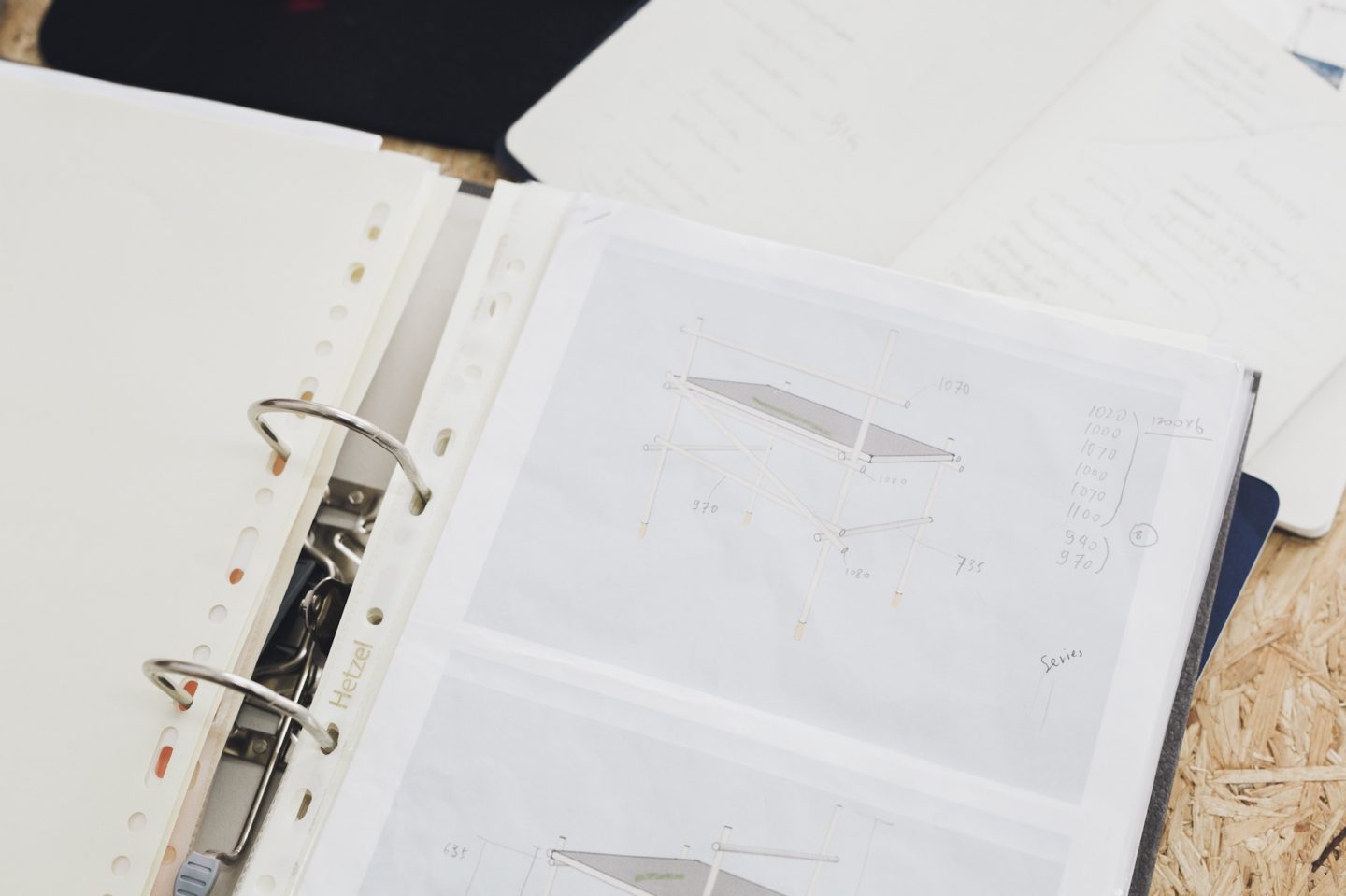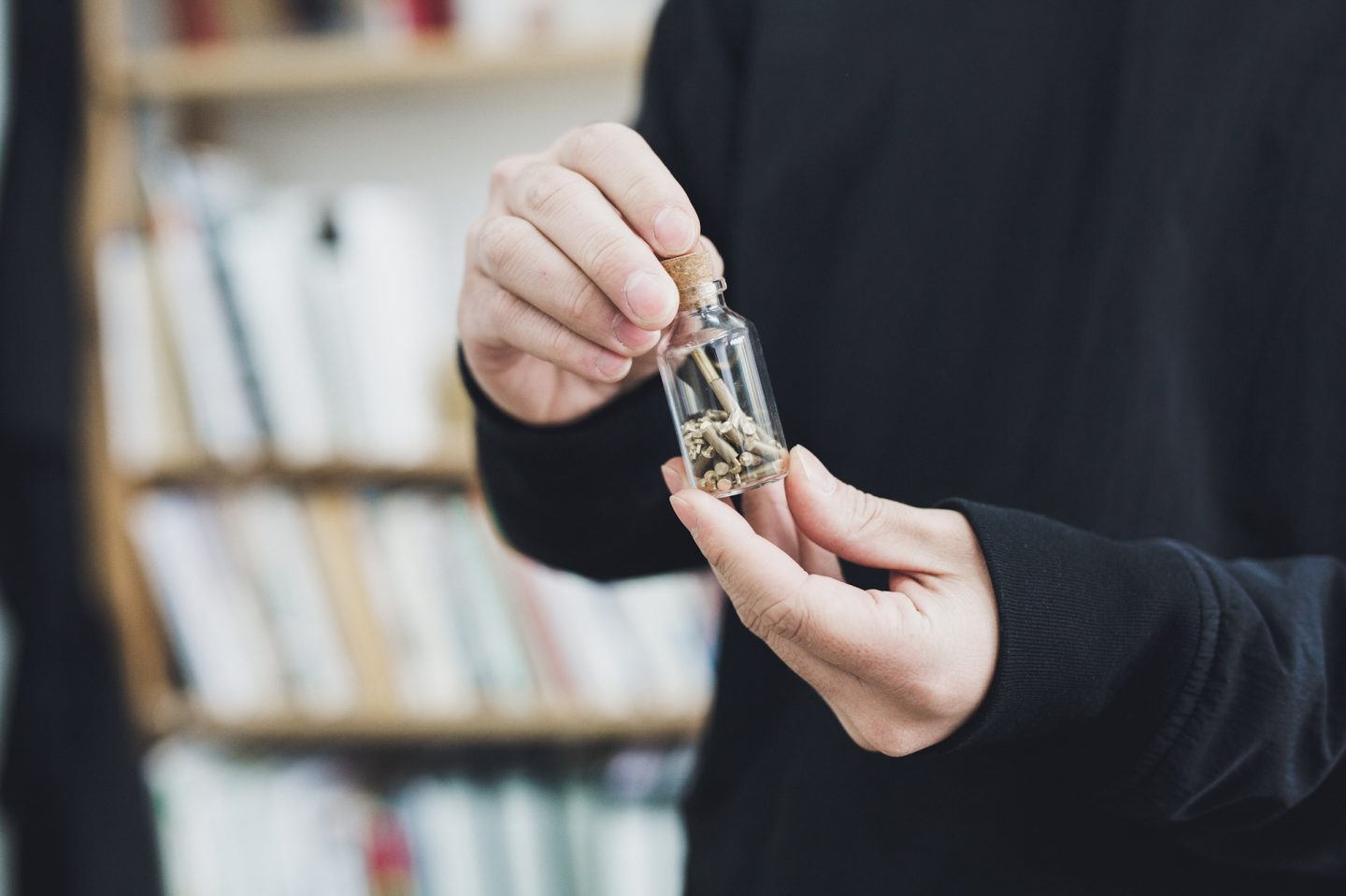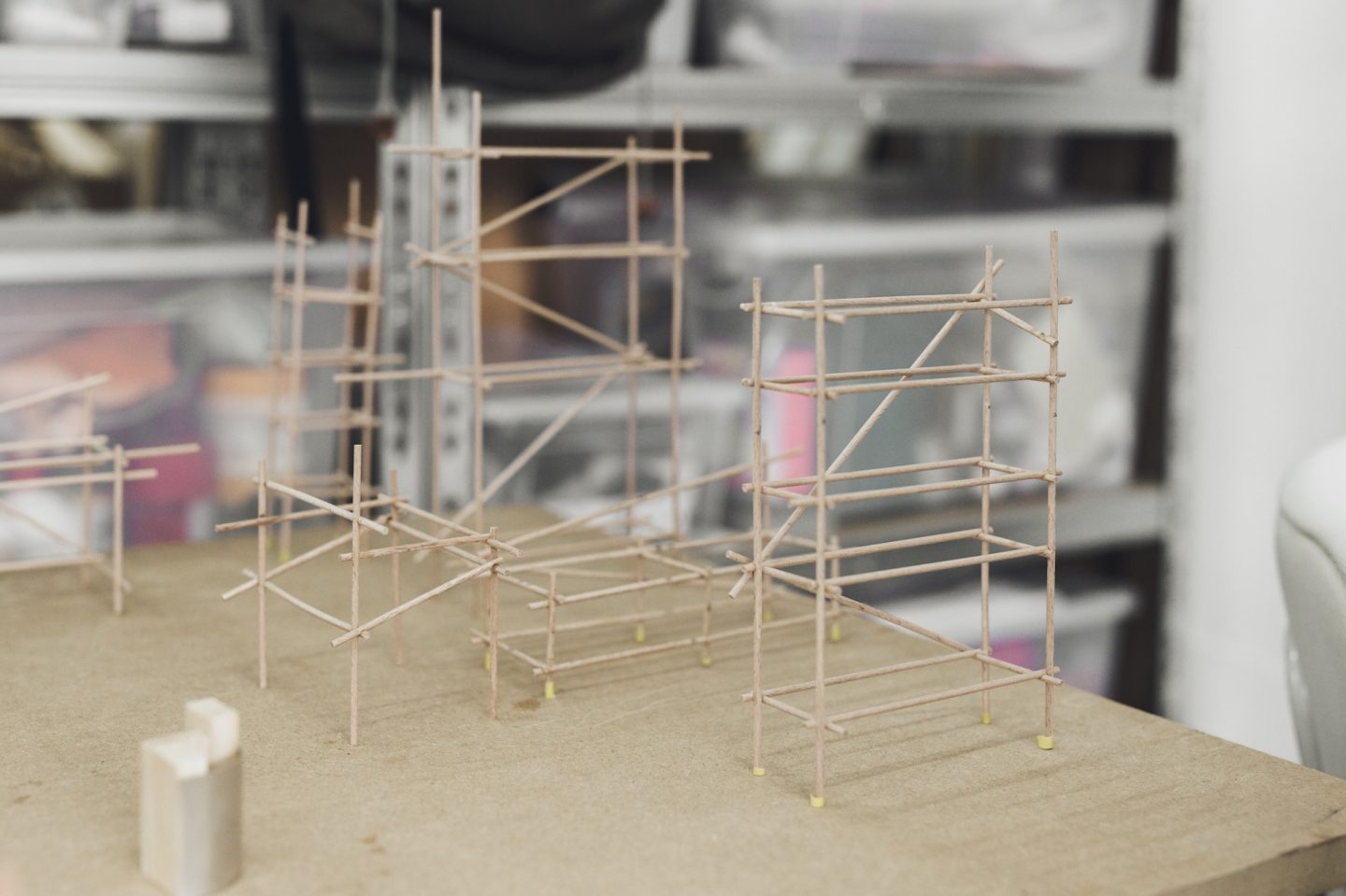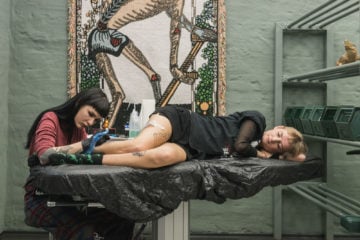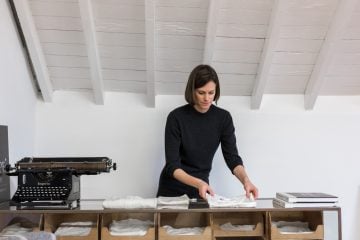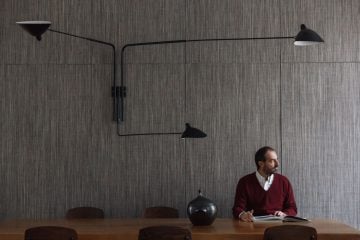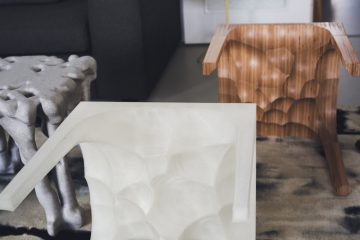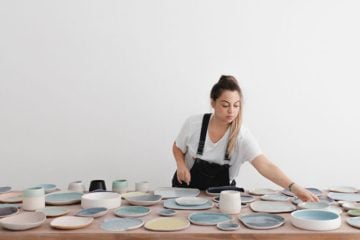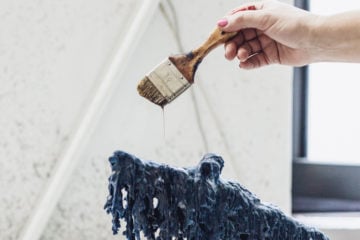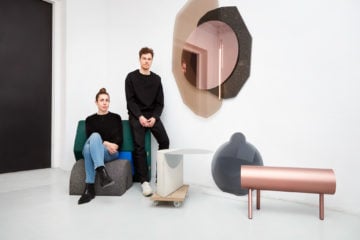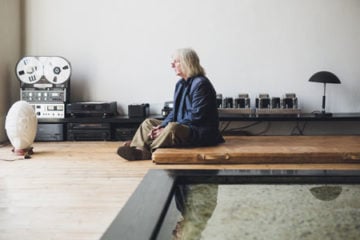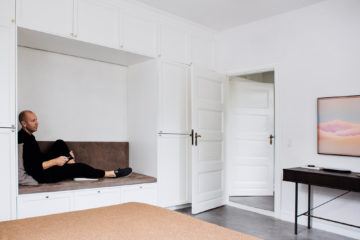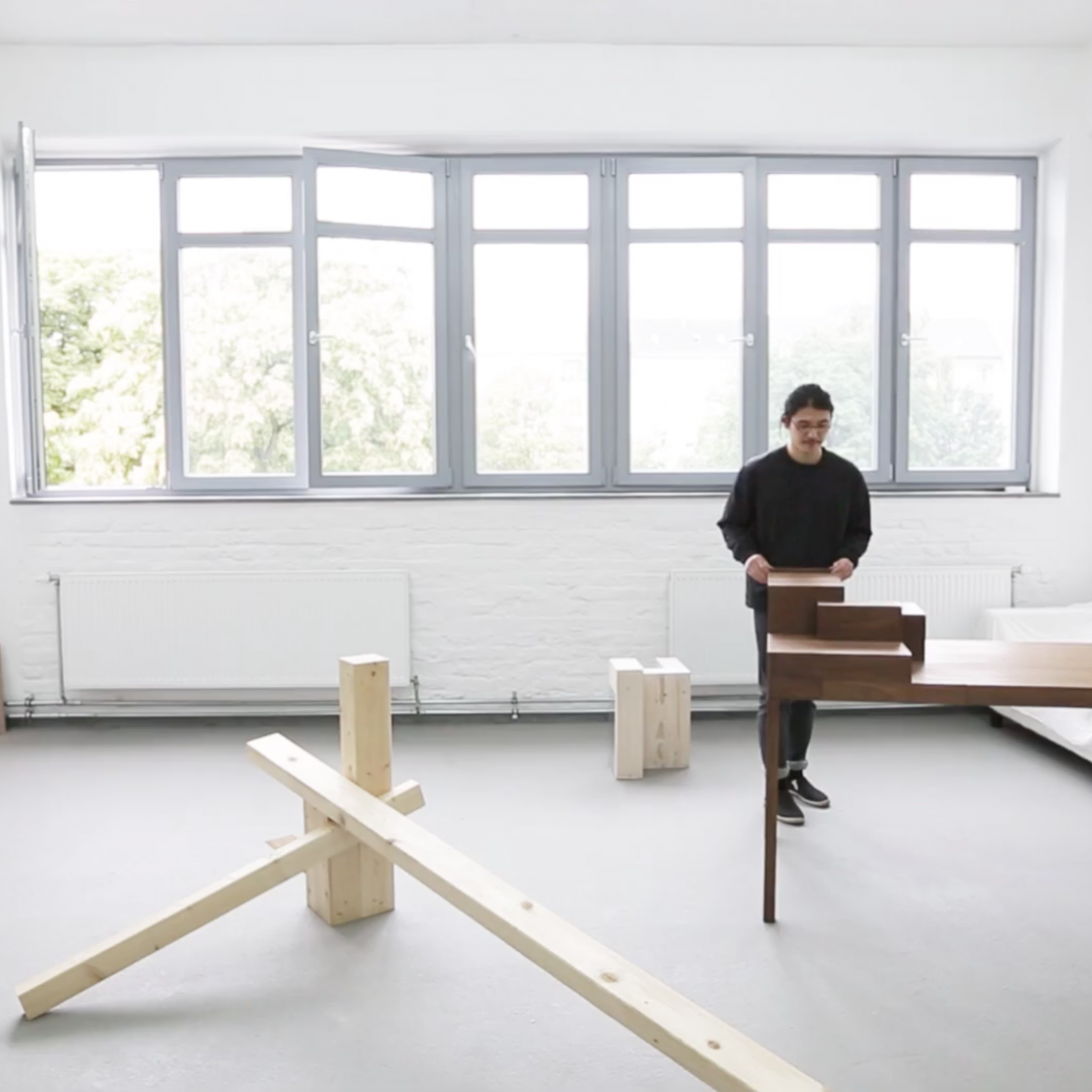
Poetic Furniture Designs By Sanghyeok Lee
- Name
- Sanghyeok Lee
- Images
- Ana Santl
- Words
- IGNANT
Although Sanghyeok Lee has received several awards for his furniture designs and exhibited his pieces around the globe, he doesn’t fully identify as a designer—not in the formal sense, at least. Instead, he sees his work as an exploration of concepts, stories and art connected to our relationship with objects and space.
Born in South Korea, Lee studied design in The Netherlands and has been living and working in Berlin for four years now. Entering his studio, we are met with graceful wooden forms and quiet piano music. There is something about it the space that exudes an aura of lightness and poetry. Almost immediately, we recognize his two most well-known pieces: An elegant chair inspired by the nomadic nature of scaffolding structures in construction sites and a dark walnut desk with multiple drawers that open and close as if by magic. Even though the space is peppered with furniture, boxes and abstract objects, there is a lightness to the studio that seems reminiscent of the way Lee tells the stories behind his work, and much like the designs themselves.
We visited Lee’s studio and workshop to learn more about his award-winning projects, where he draws inspiration from as well as how architecture and urban spaces inform his pieces.
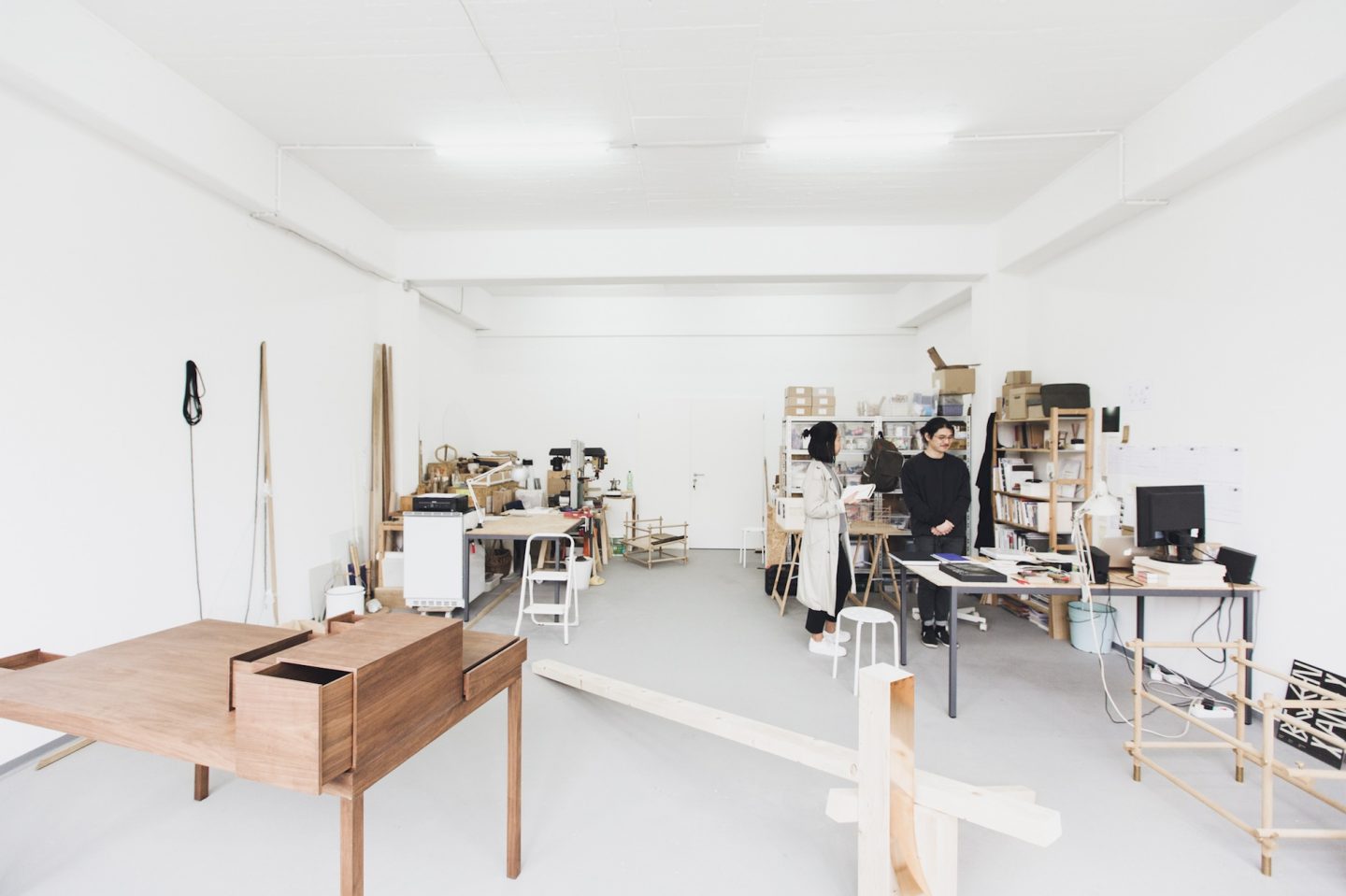
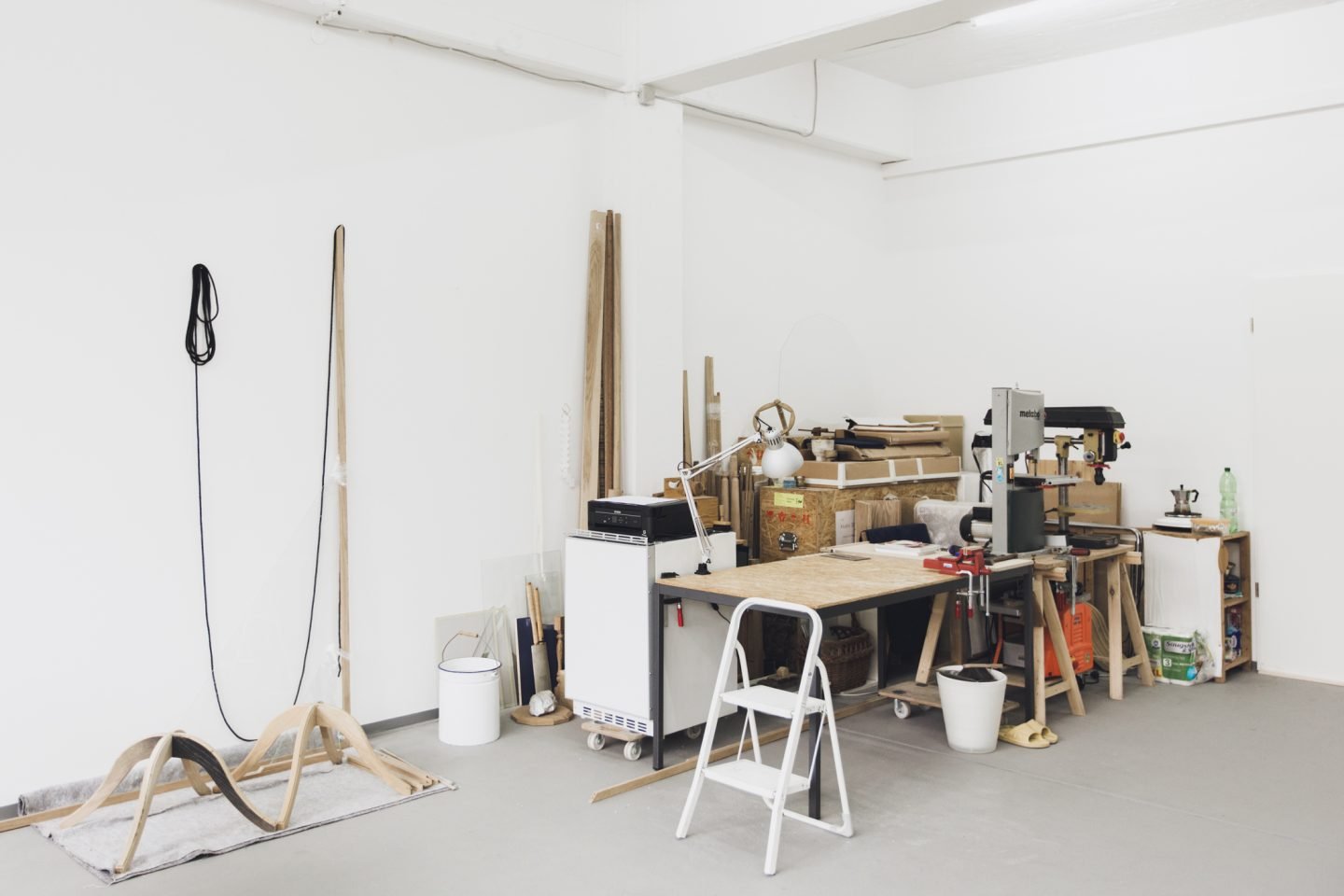
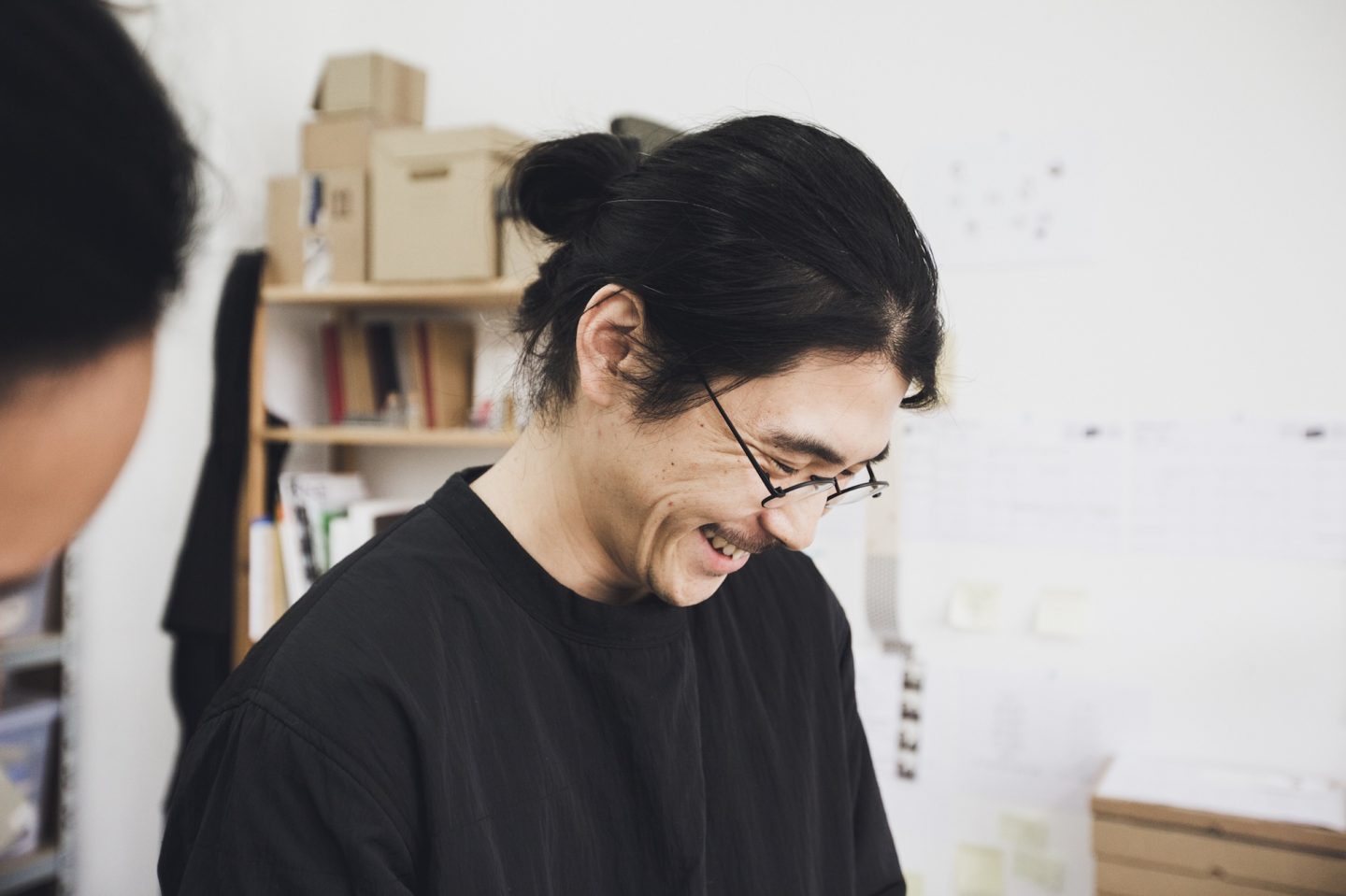
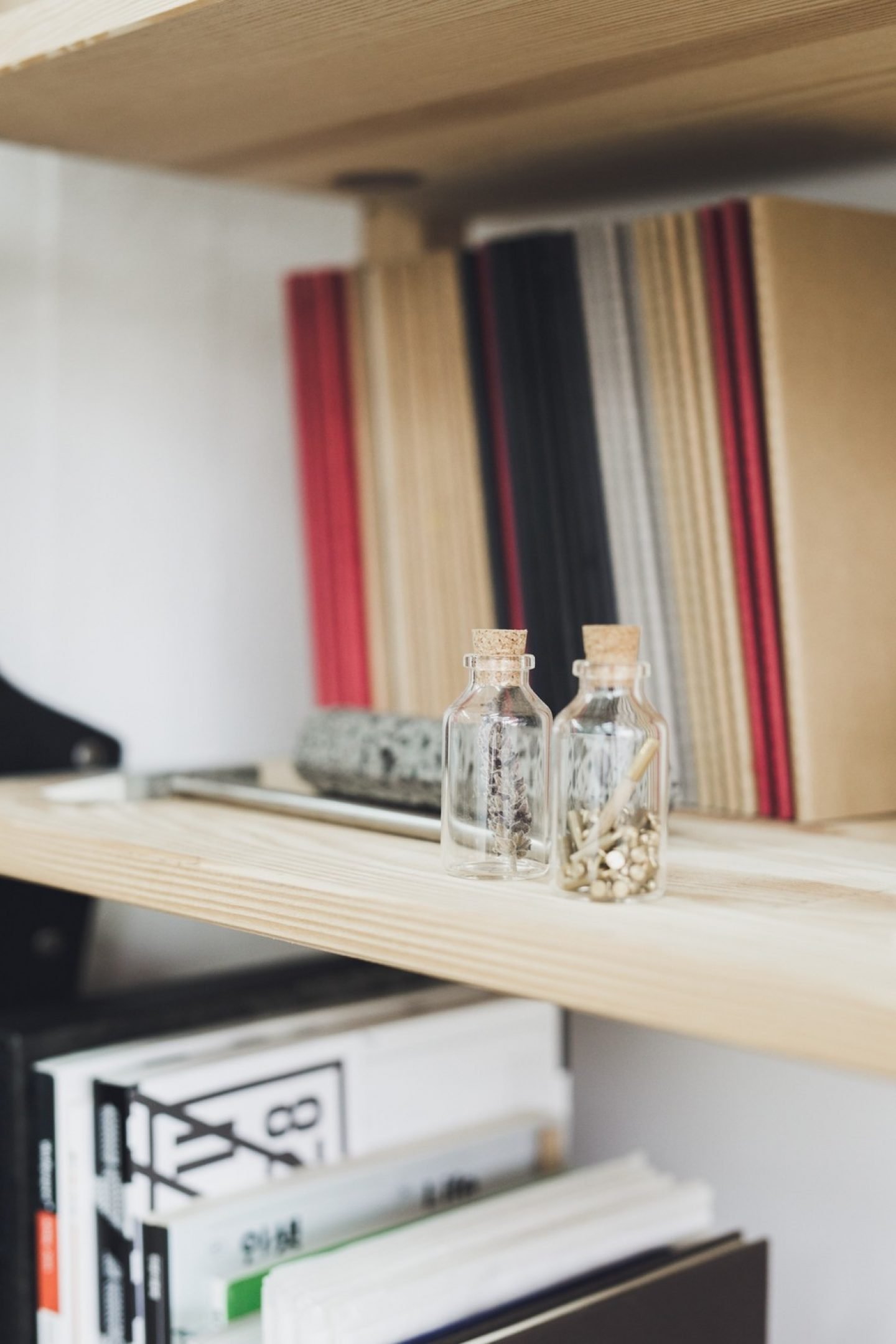
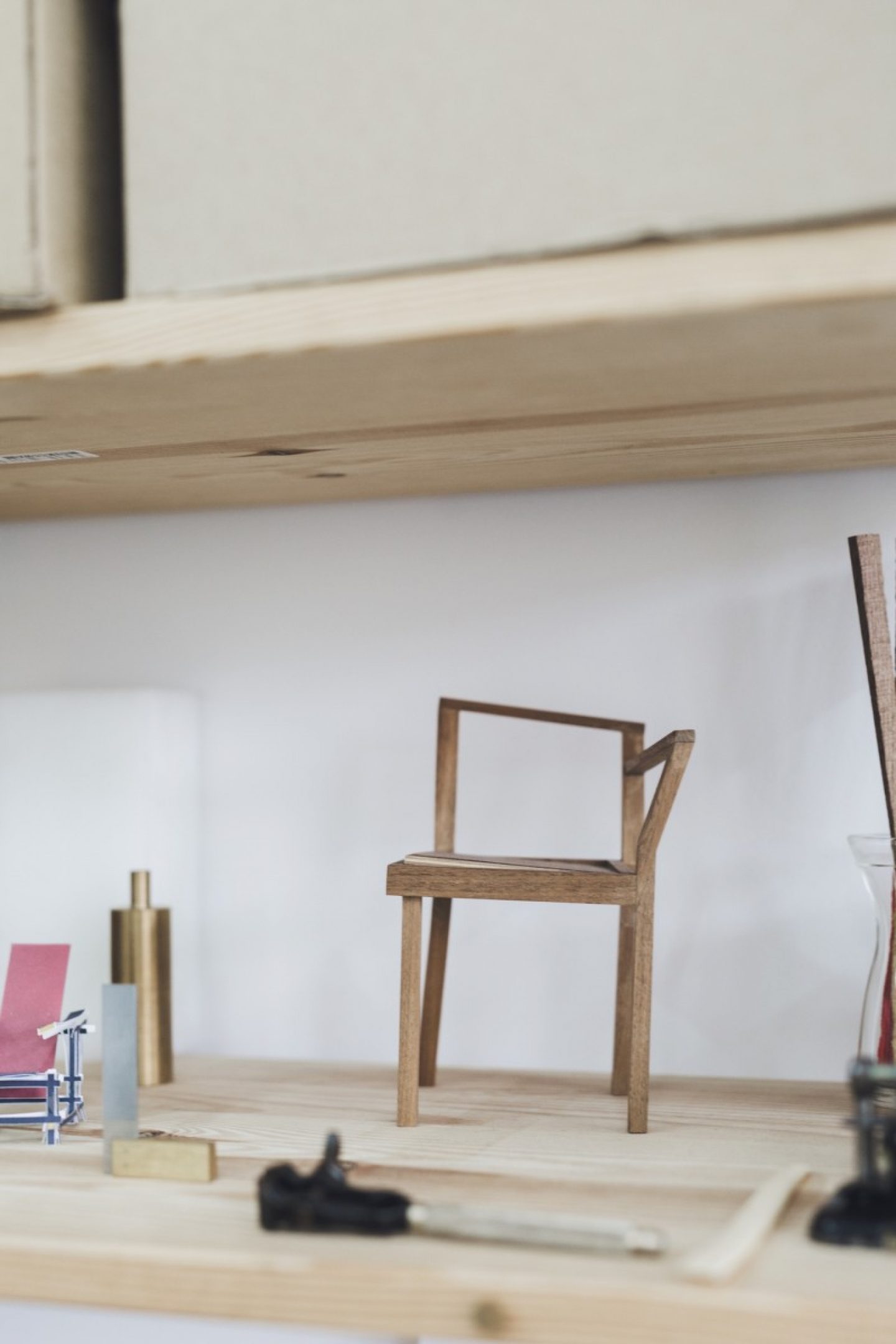
Did you always know you wanted to become a designer?
Sanghyeok Lee:“I introduce myself as a designer, but I’m not sure if it’s something I identify as.” No… When I was young, ‘designer’ was sort of a rare term but I was interested in creating, drawing and all of these things. Only after my studies, did I realize it might be a good fit for me. I introduce myself as a designer, but I’m not sure if it’s something I identify as. For me, designers fit into such a wide range of activities.
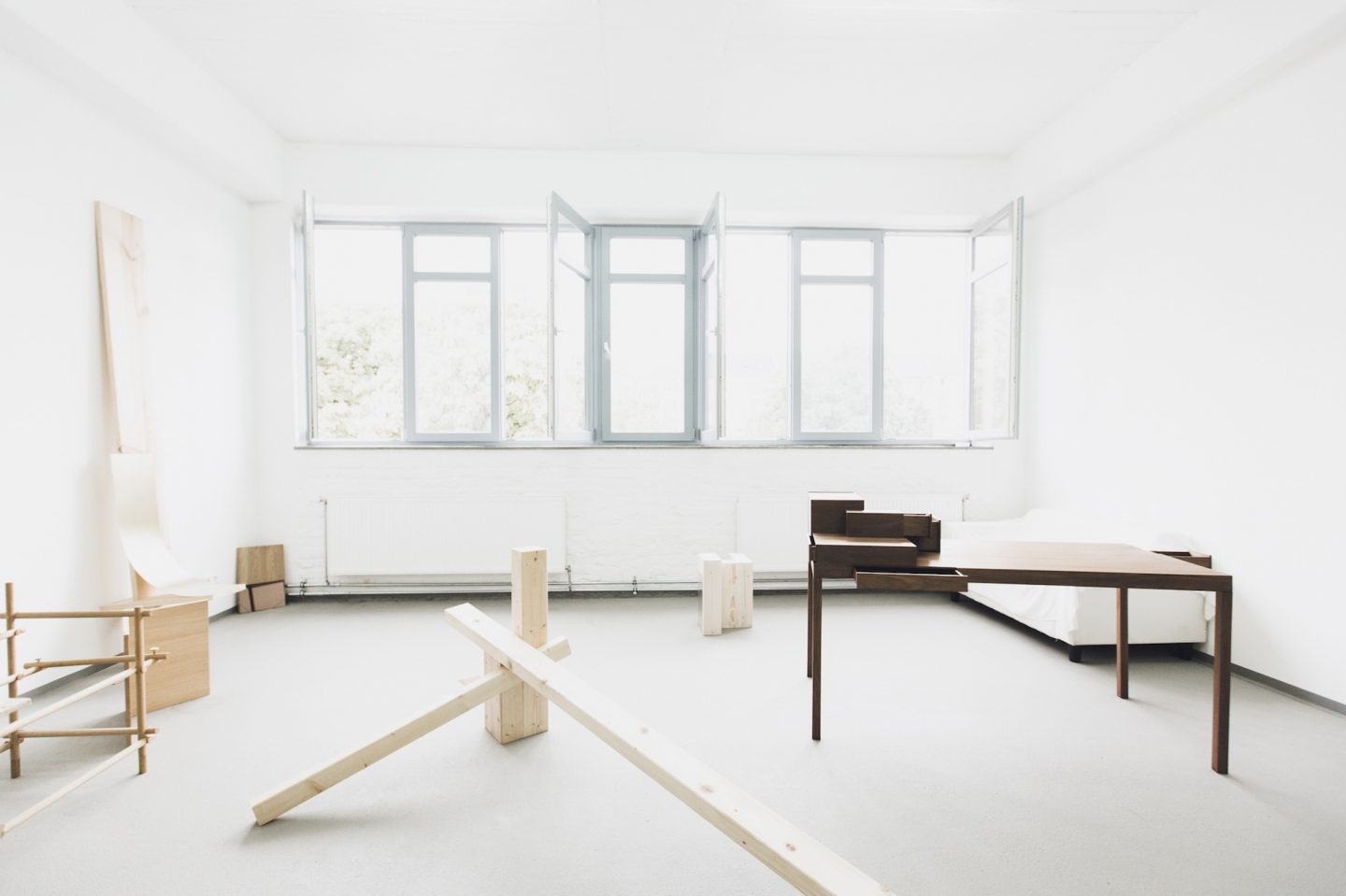
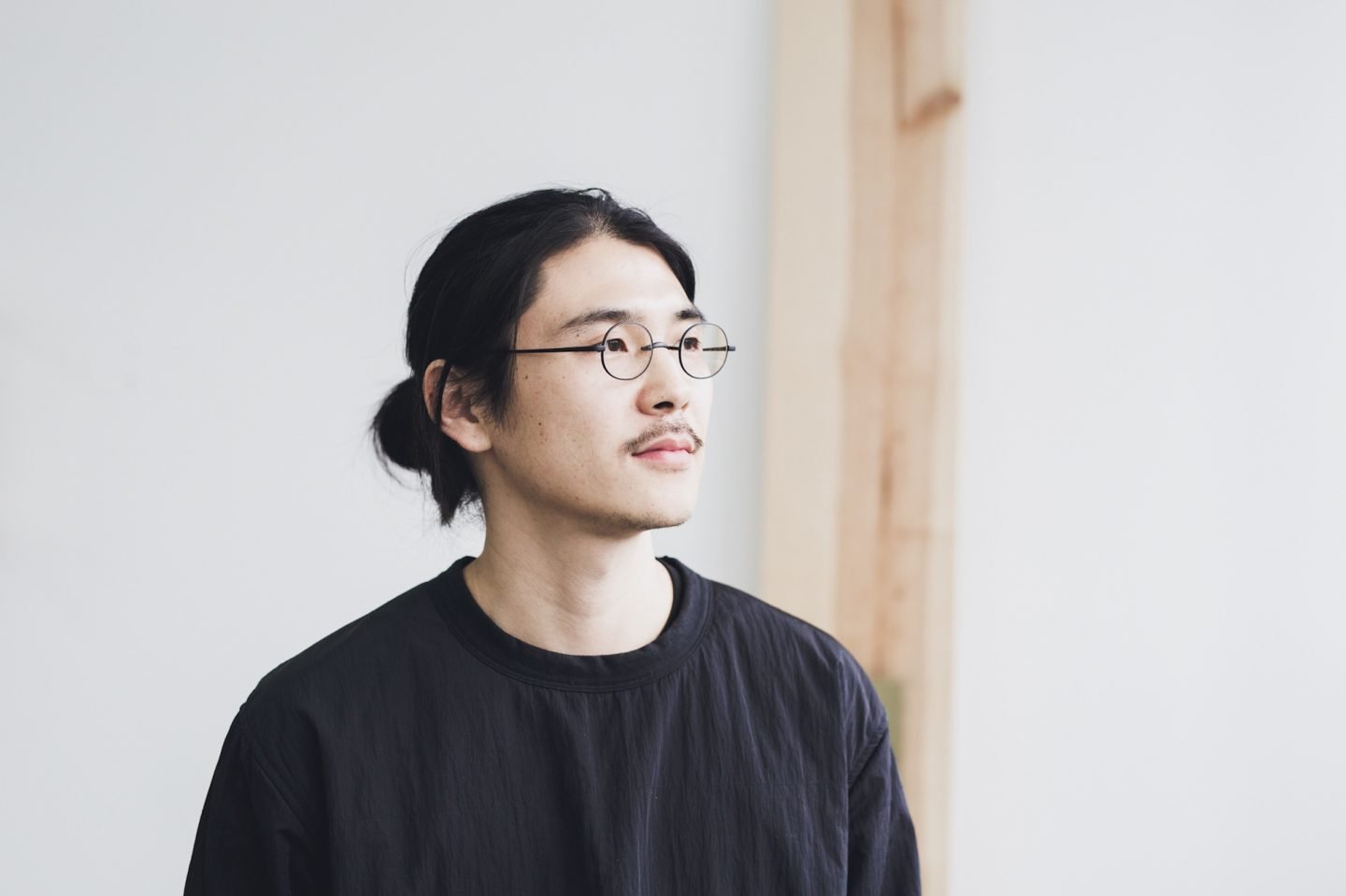
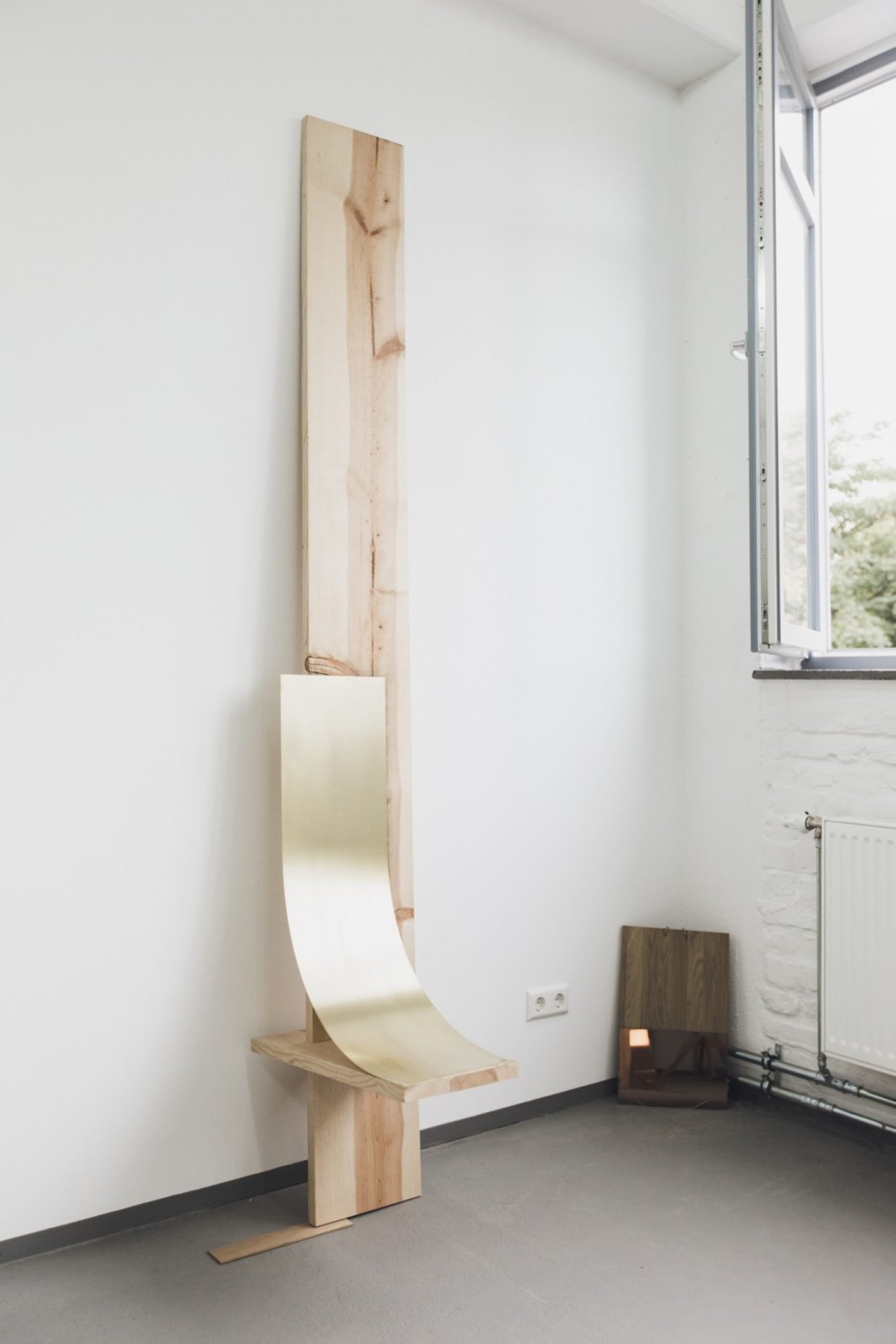
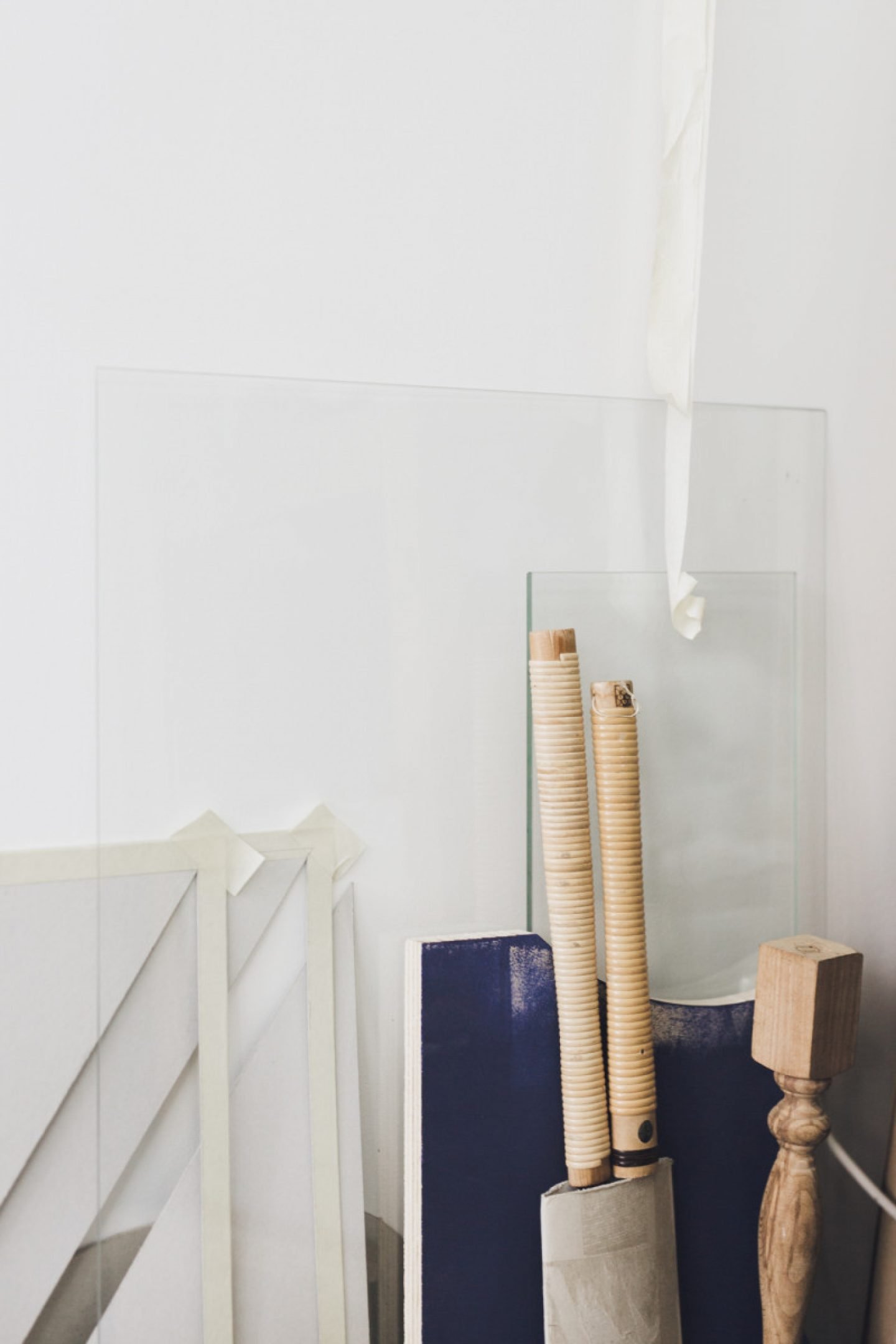
So, what term or phrase would you identify yourself more with?
Sanghyeok Lee: I call myself a designer, but through my work I want people to understand it’s not only a part of industry design or a product. My design process is very much connected with concepts, stories and art. “My design process is very much connected with concepts, stories and art.” It doesn’t fit that well into mass production.
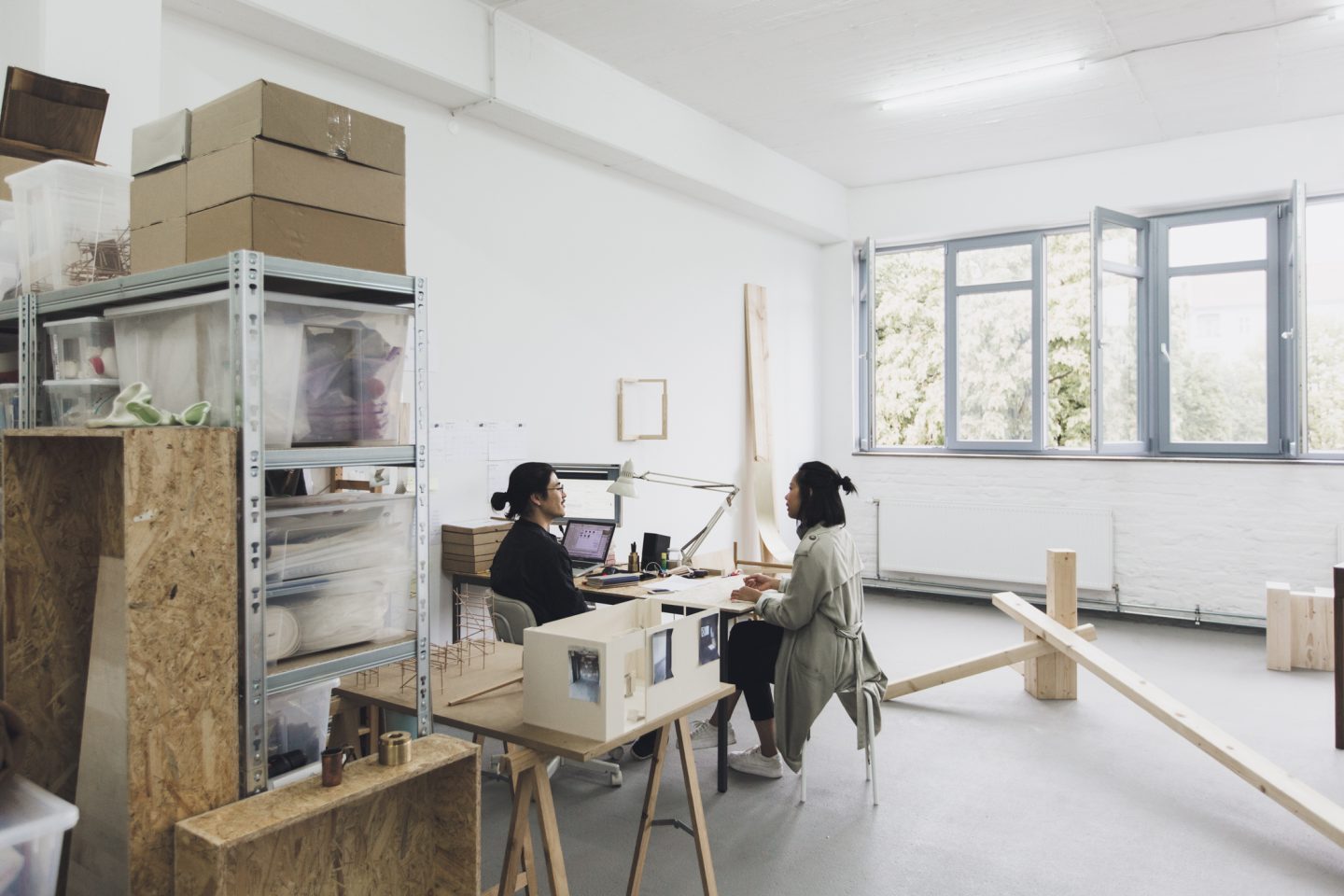
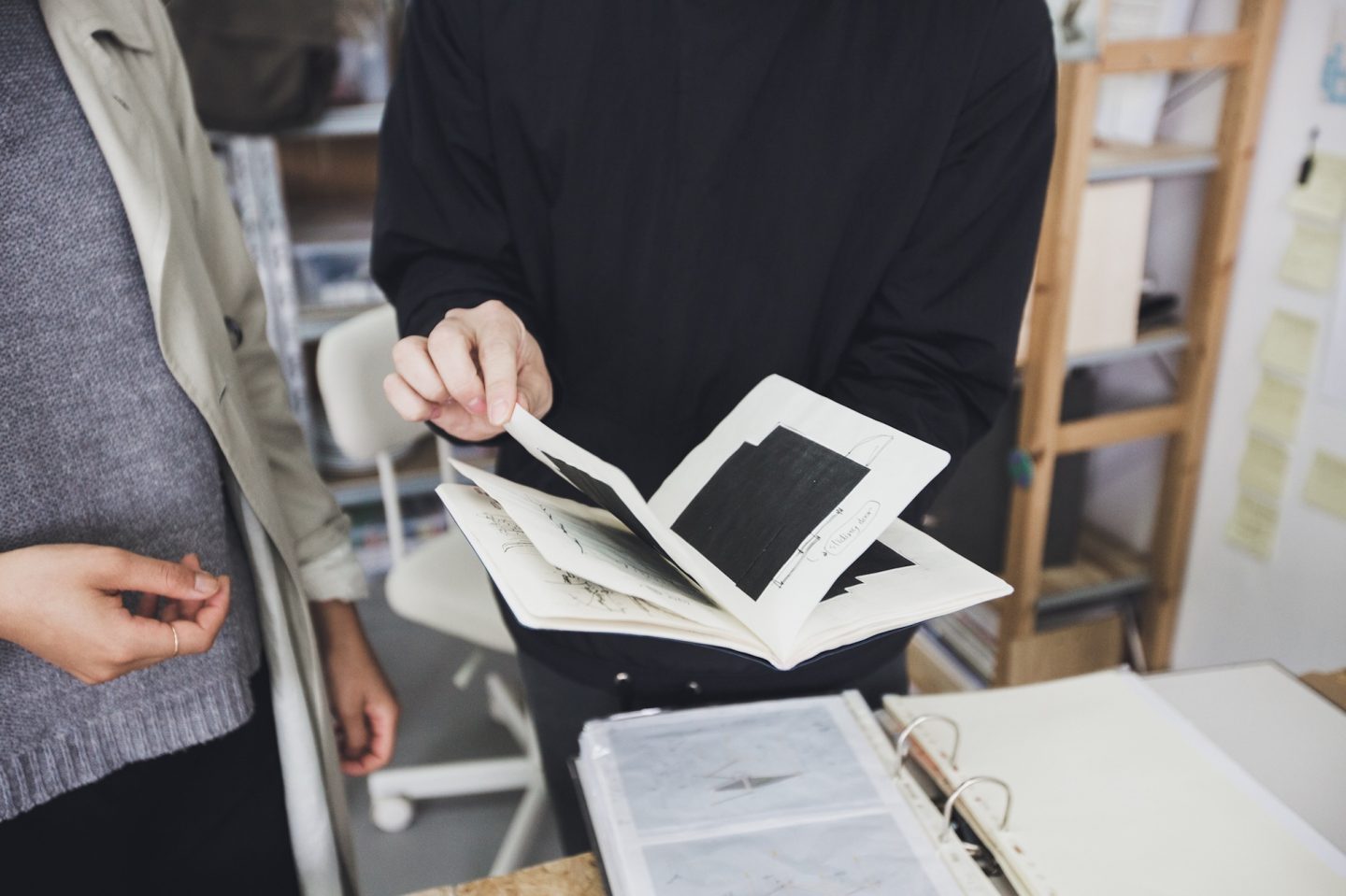
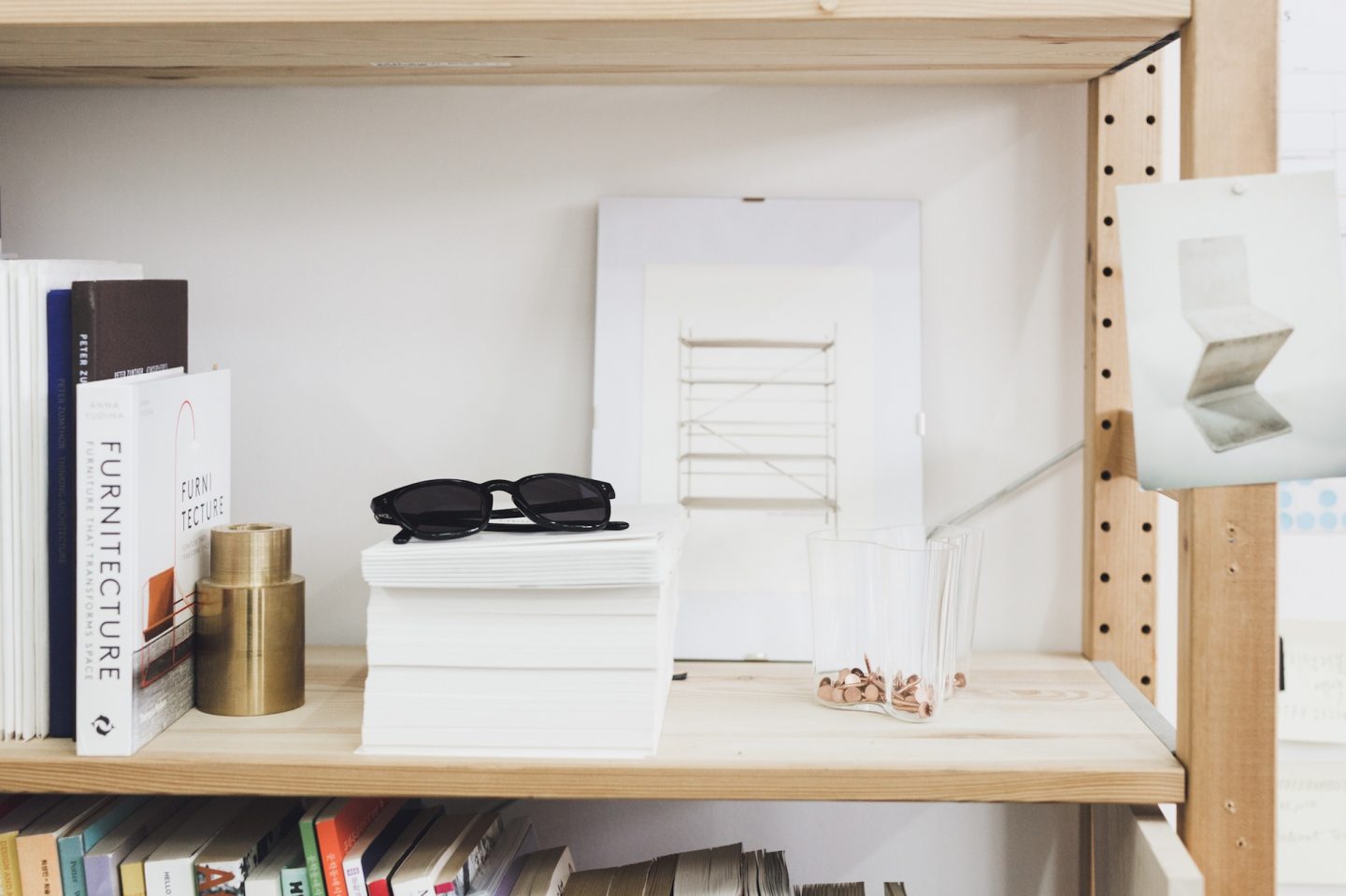
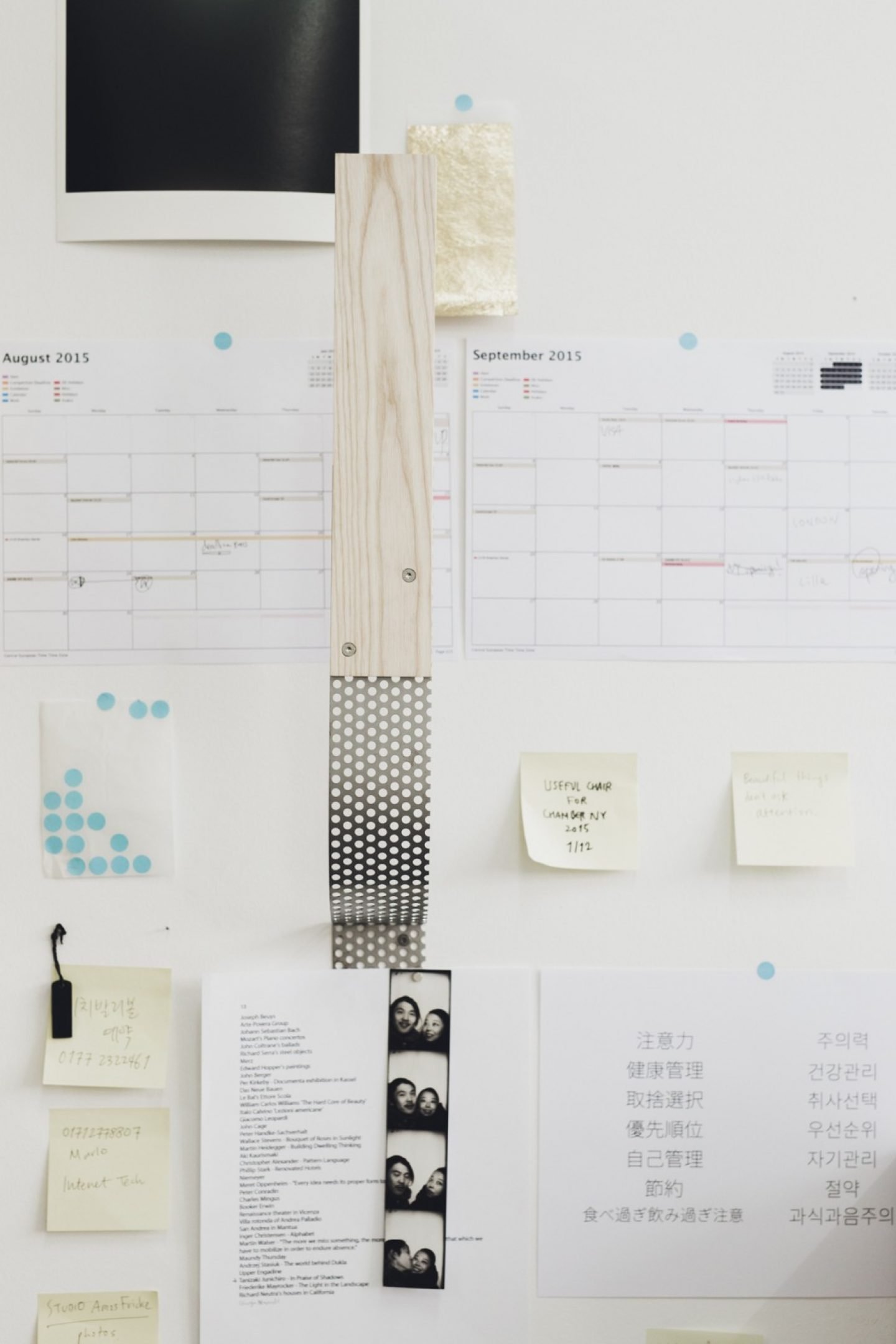
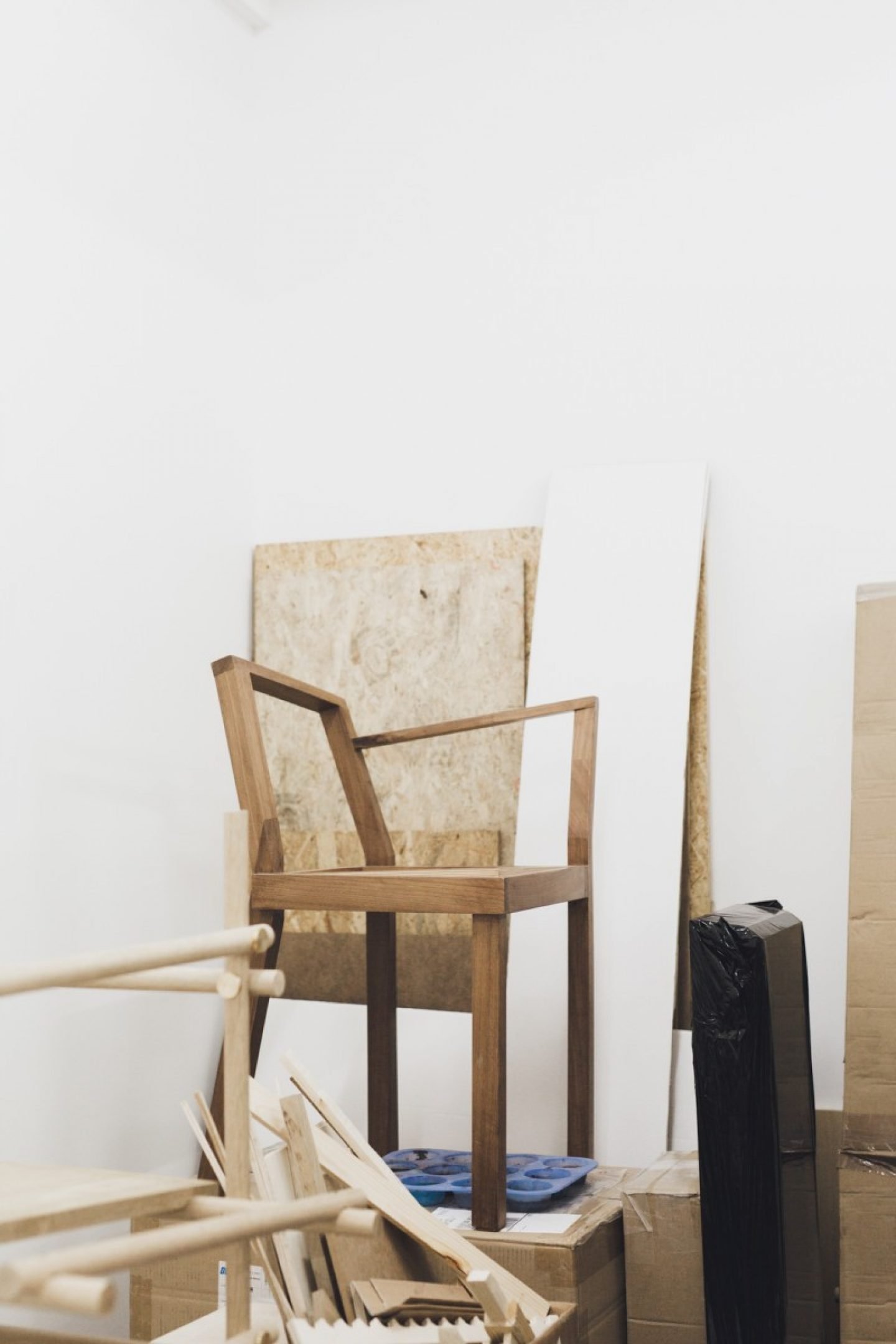
Where did your inspiration come from for your award-winning graduation project ‘Listen to your hands’, a desk with multiple drawers that aims to create a certain mindfulness among its users?
Sanghyeok Lee: “In museums, when I see a ‘Do not touch sign’, I always want to touch the object…” It started from my own interest in touching things. In museums, when I see a ‘Do not touch sign’, I always want to touch the object… I don’t know why. Of all the senses, I like touching the most because if you touch something, you understand the materials and receive a kind of feeling or dialogue with the object – that was the starting point.
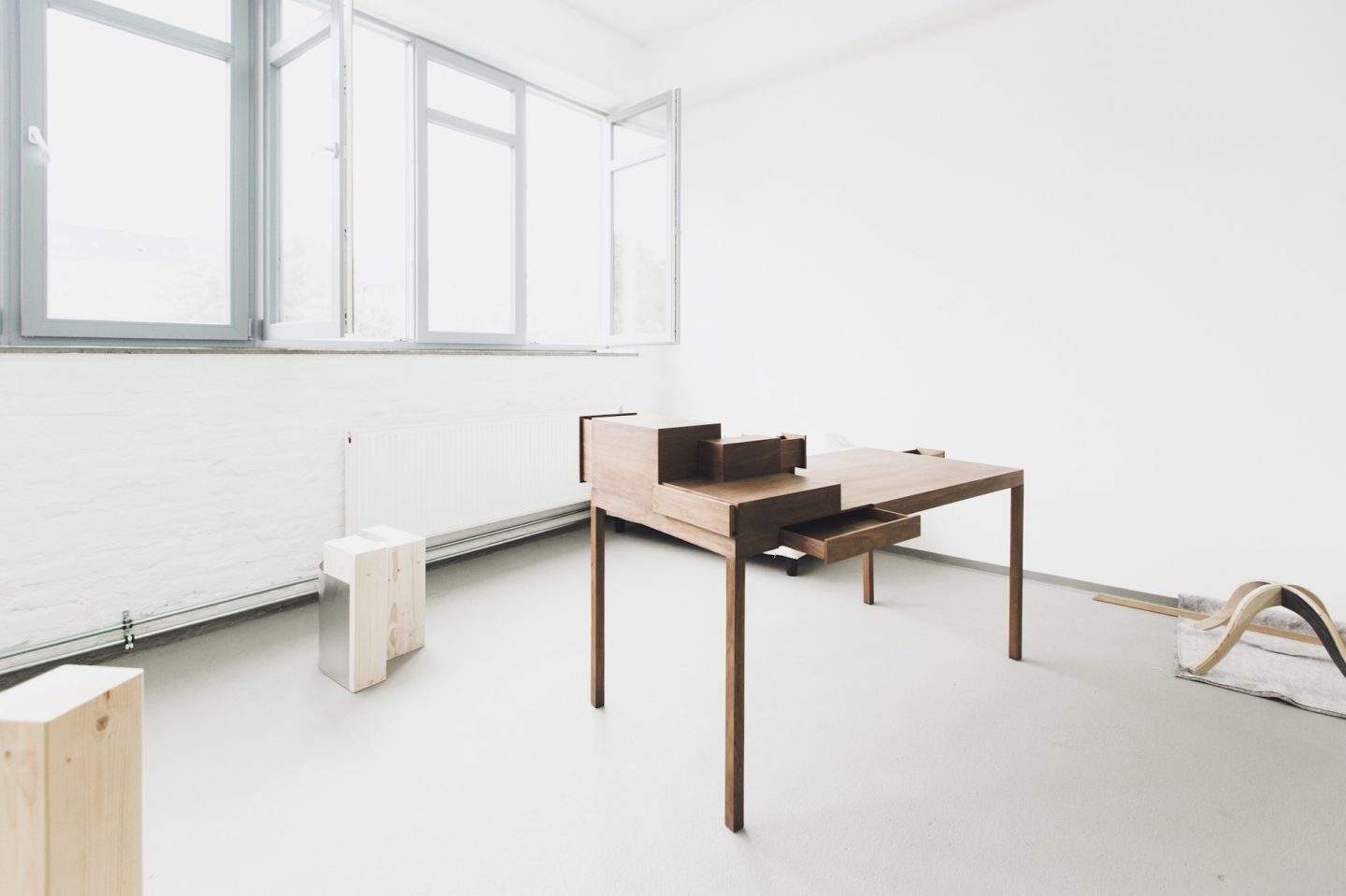
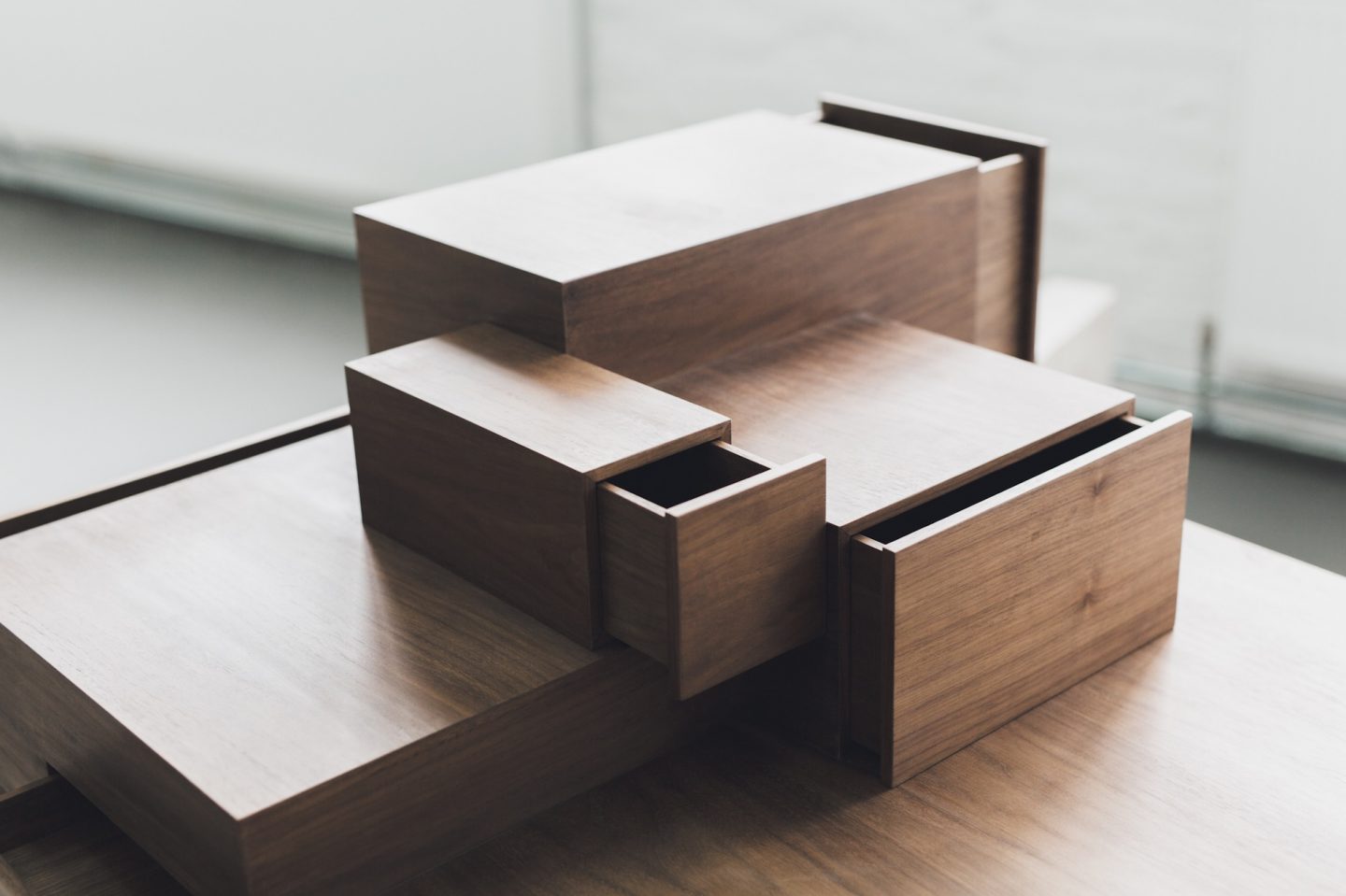
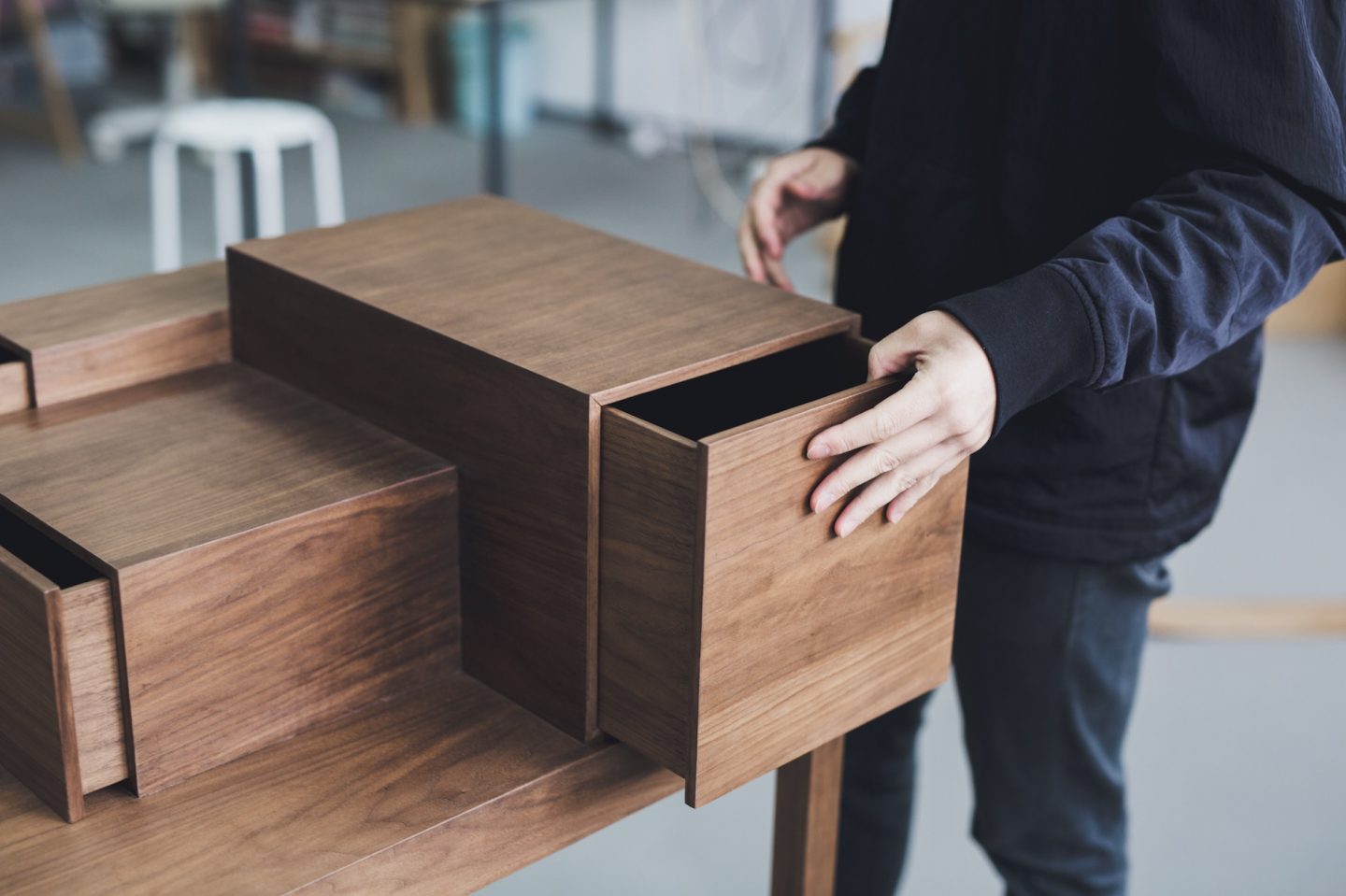
When one drawer is closed quickly, it causes another one elsewhere to open. Can you talk about the concept and how the furniture piece works?
Sanghyeok Lee: When you build a drawer unit“To close it well, you need to be gentle and more conscious of your hands and the feeling of touching.”, there always has to be a little bit of space in the back so that each drawer can be closed well. This is because the air has to go out so it can close naturally. But for this project, I connected these spaces for all the drawers to each other so that all of the air creates a vacuum chamber. And that’s why when one drawer closes, it makes another one open. The concept is called ‘Listen to your hands’ and to close it well, you need to be gentle and more conscious of your hands and the feeling of touching.
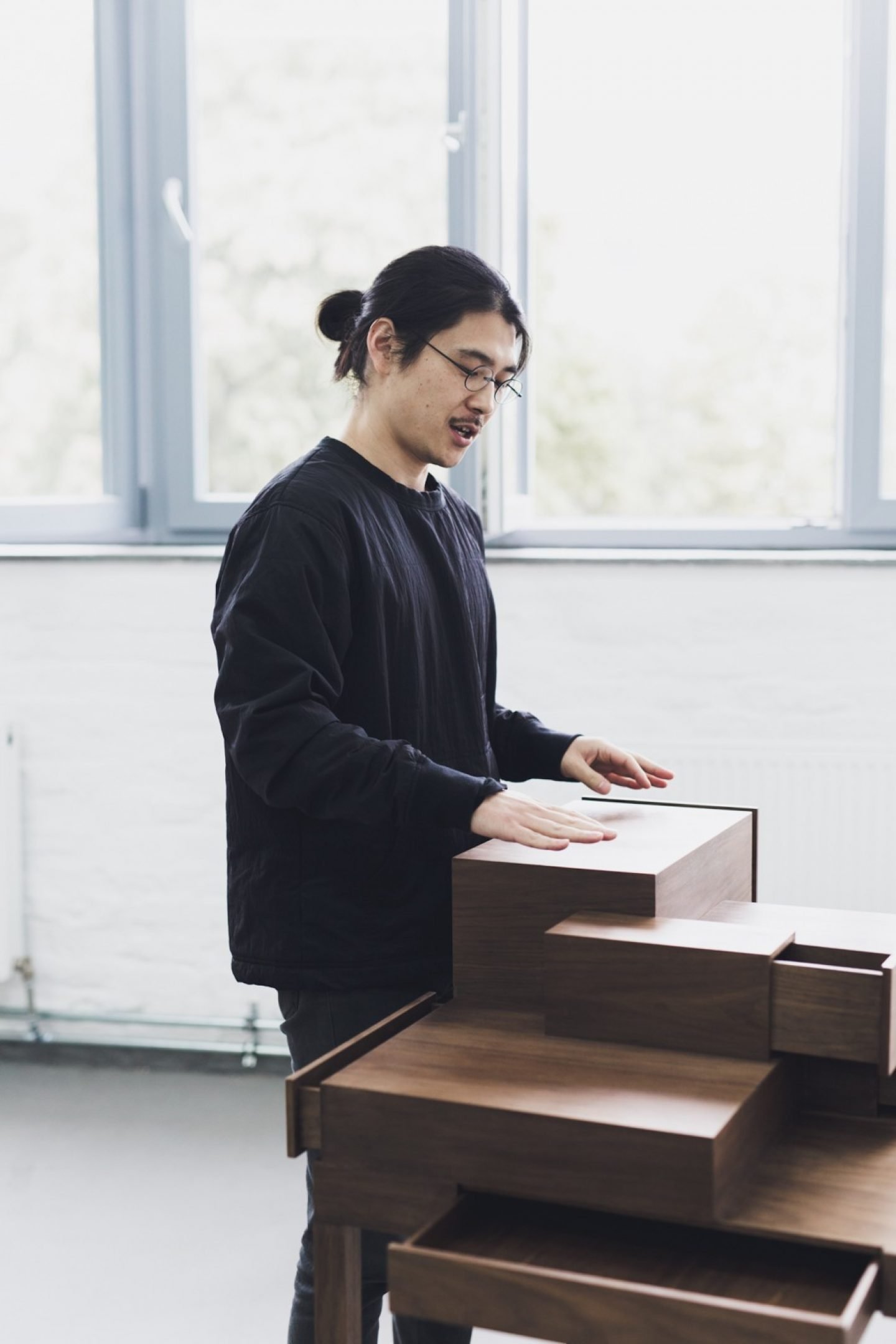
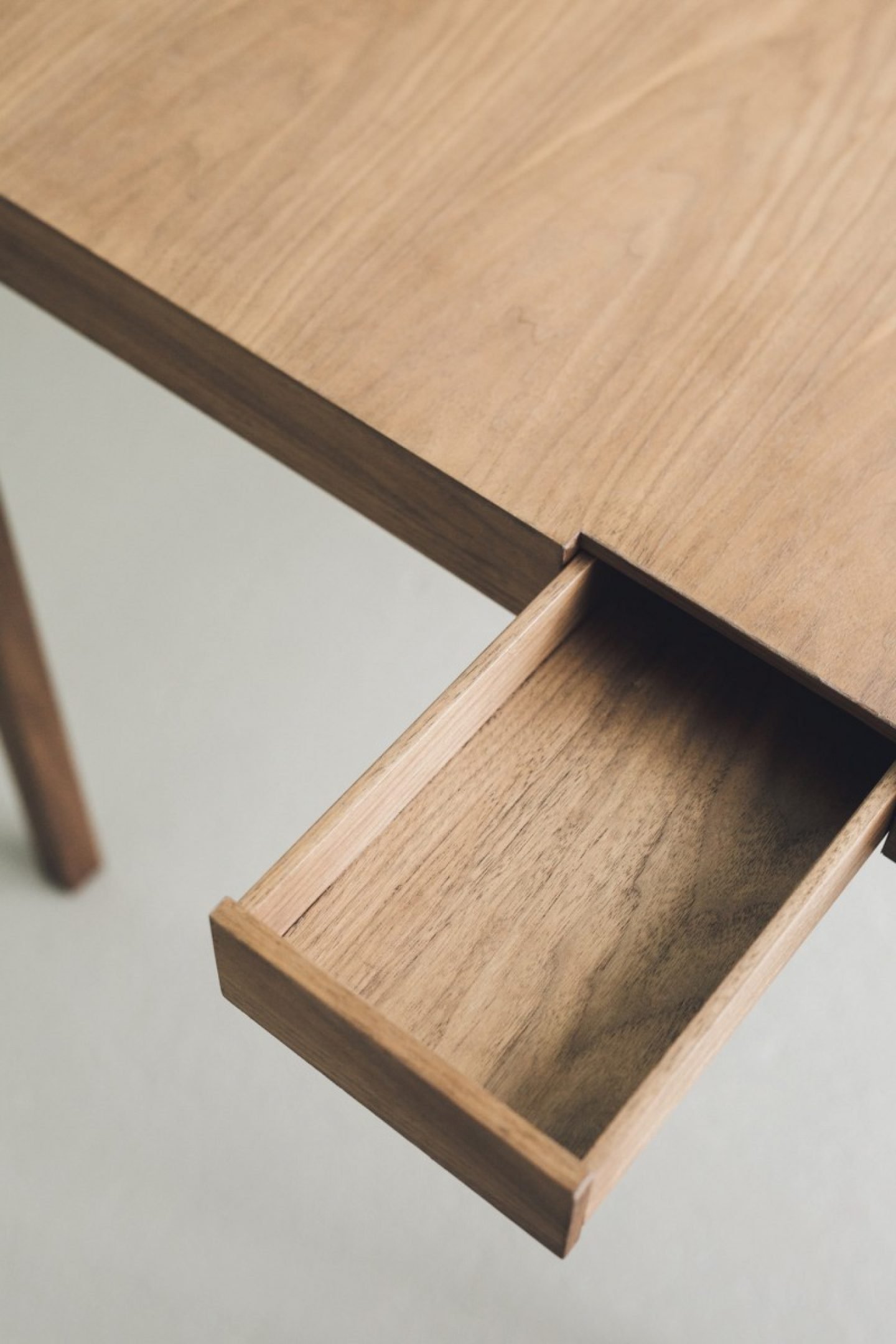
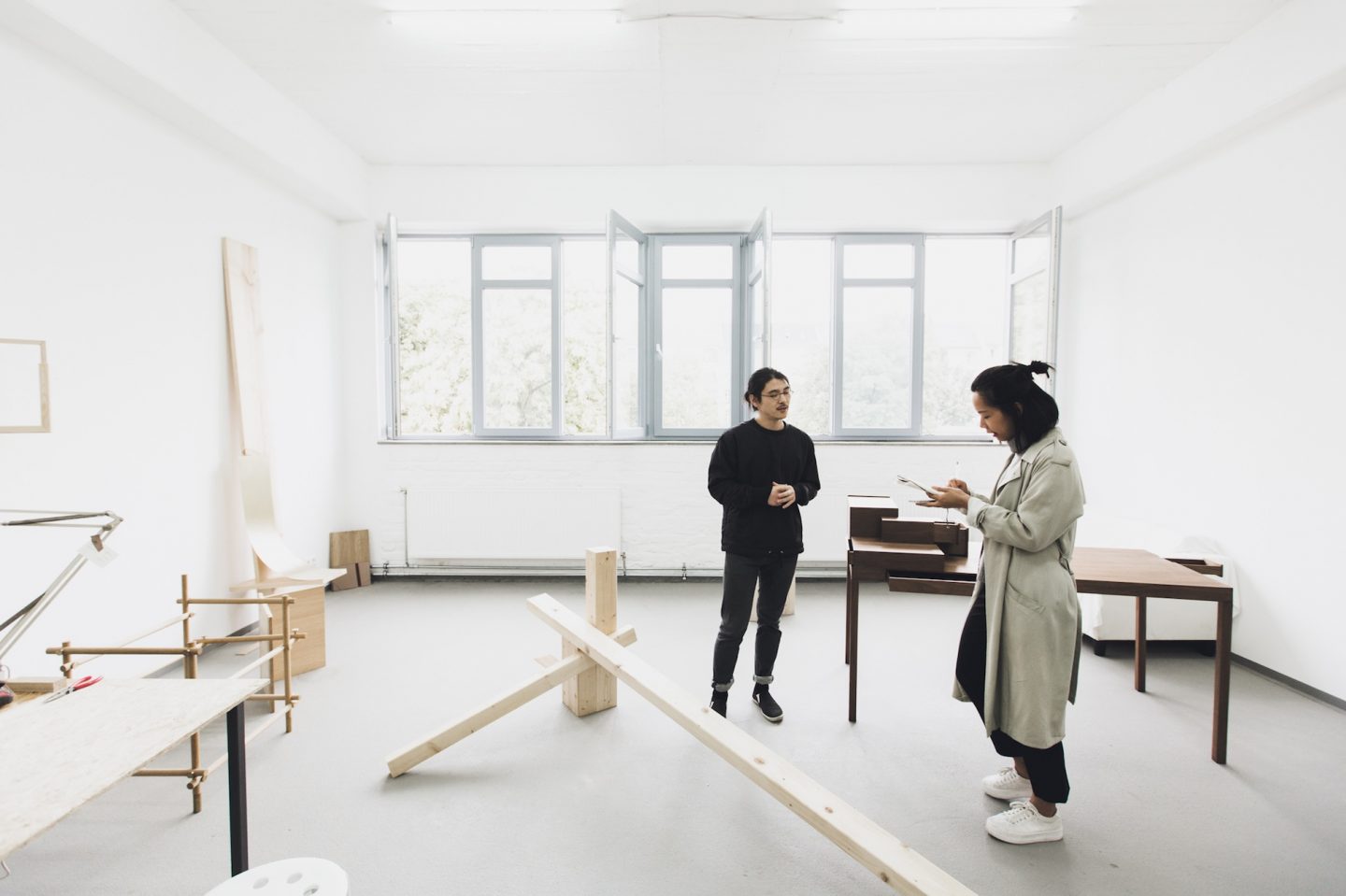
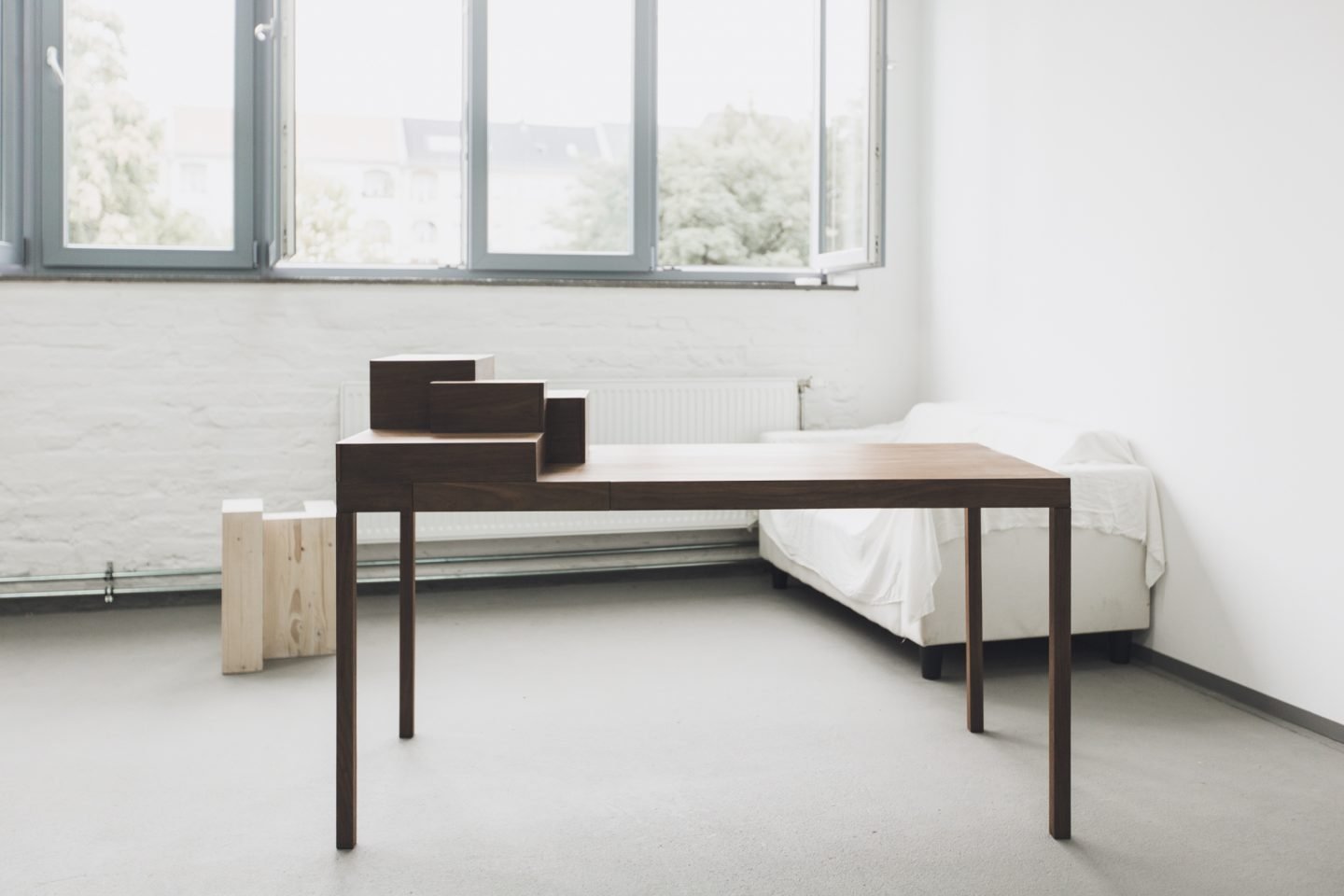
What is your design process like and where do you typically get inspiration from?
Sanghyeok Lee: I mostly get inspiration through my life – I try to experience as much as I can. “Mostly, I look into the architecture and city itself to get ideas.” After I graduated from Design Academy Eindhoven, I came to Berlin, where there’s so much inspiration, architecture, people, new events and openings. So all these things come together into an idea. Mostly, I look into the architecture and city itself to get ideas.
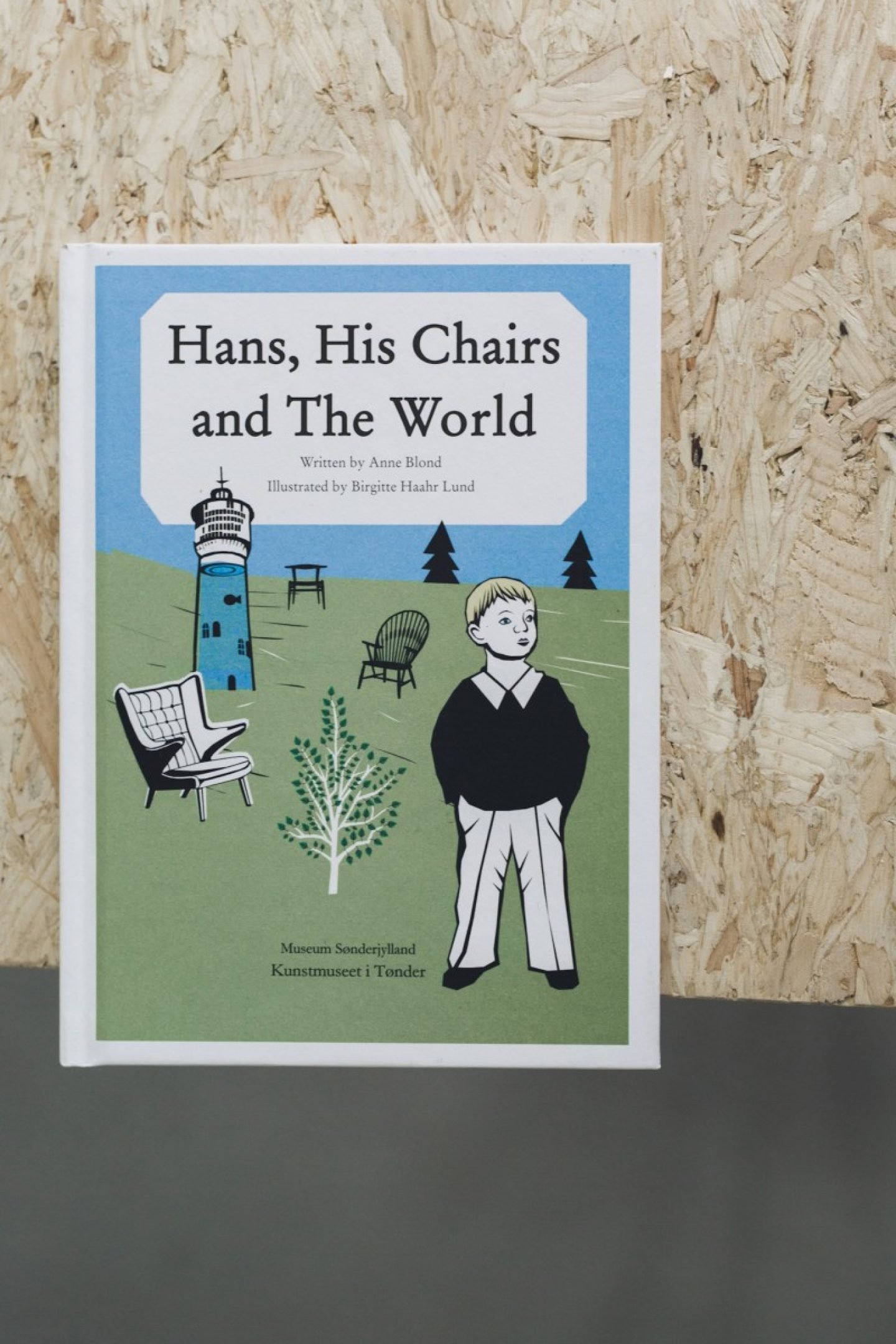
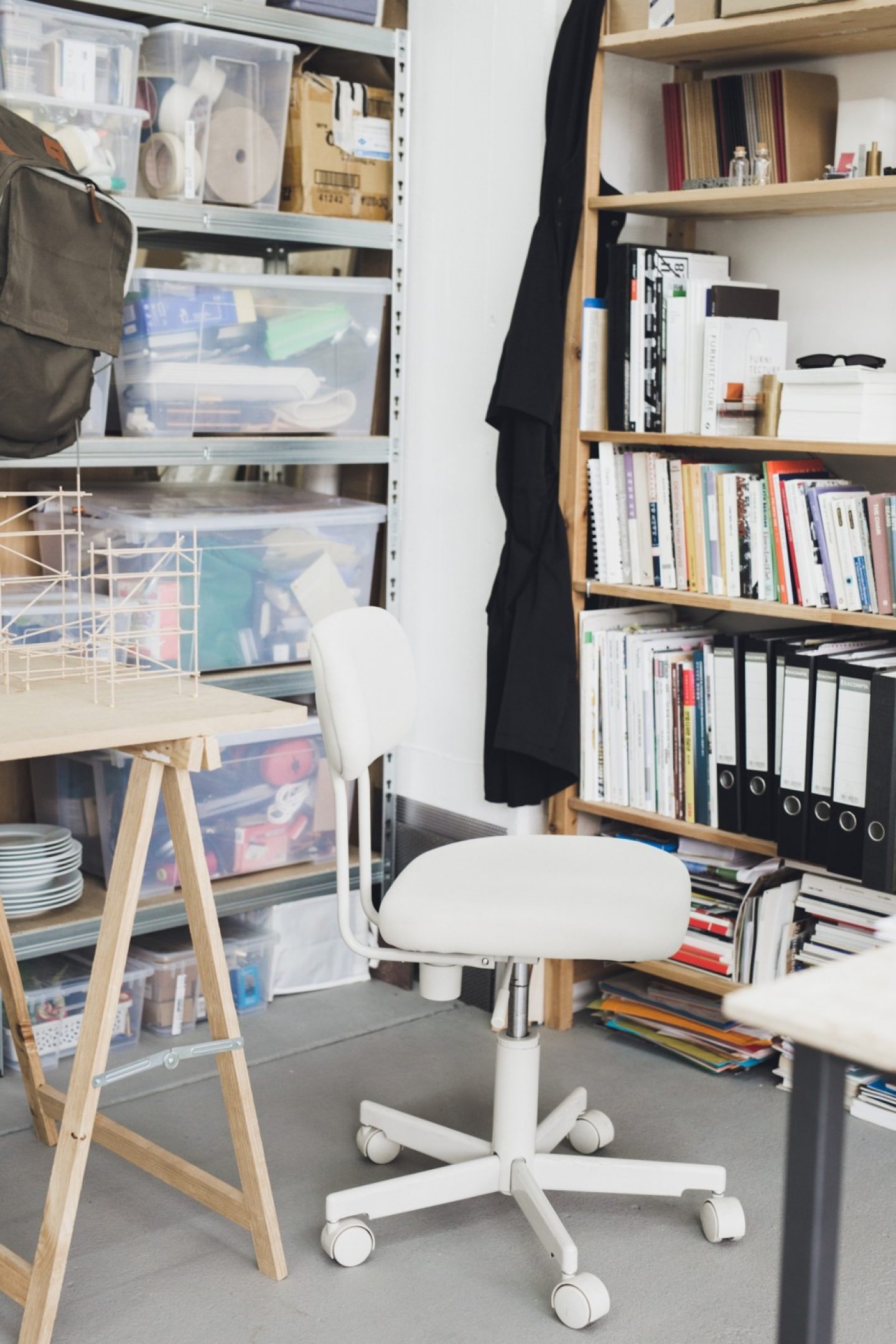
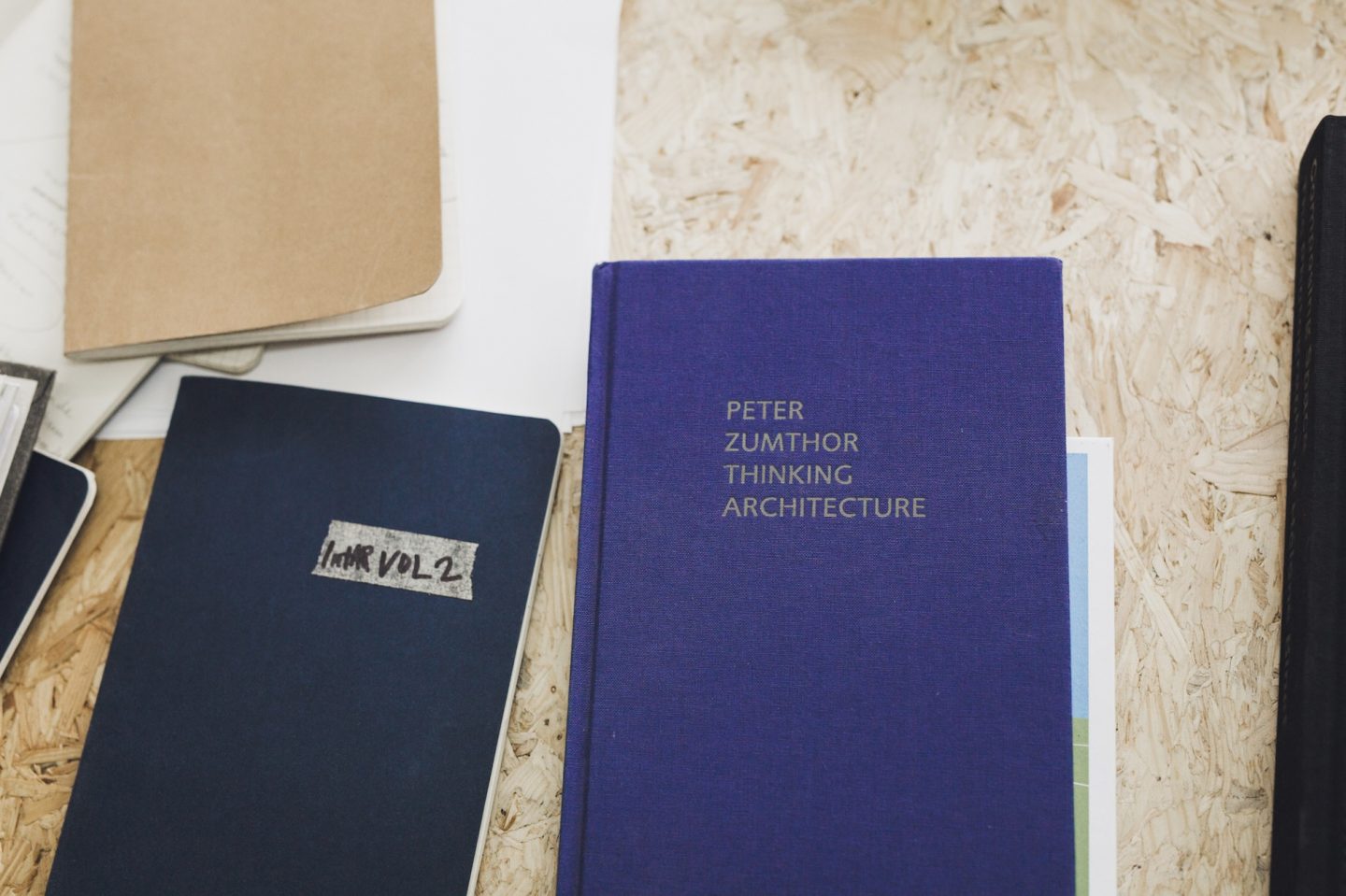
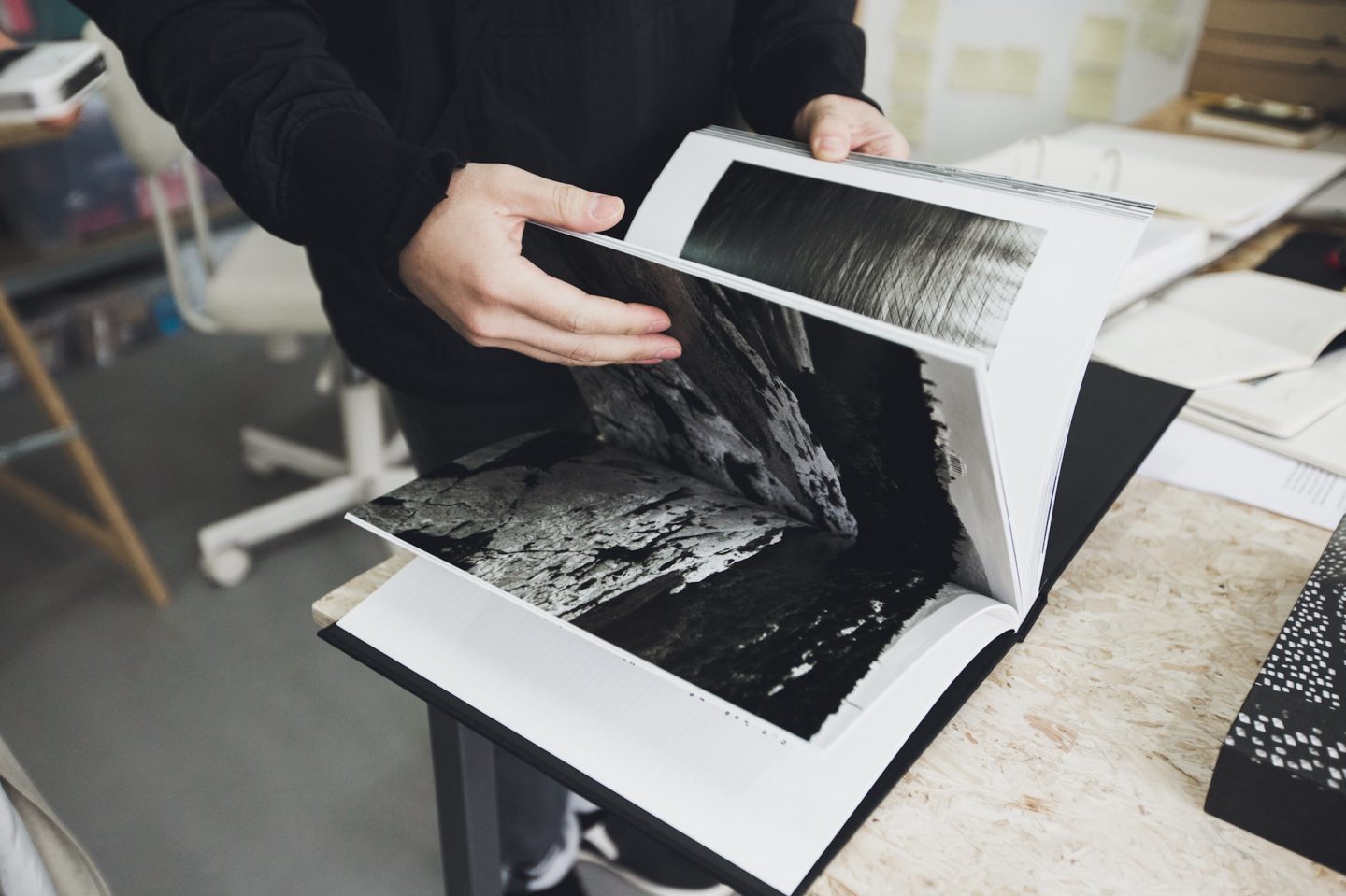
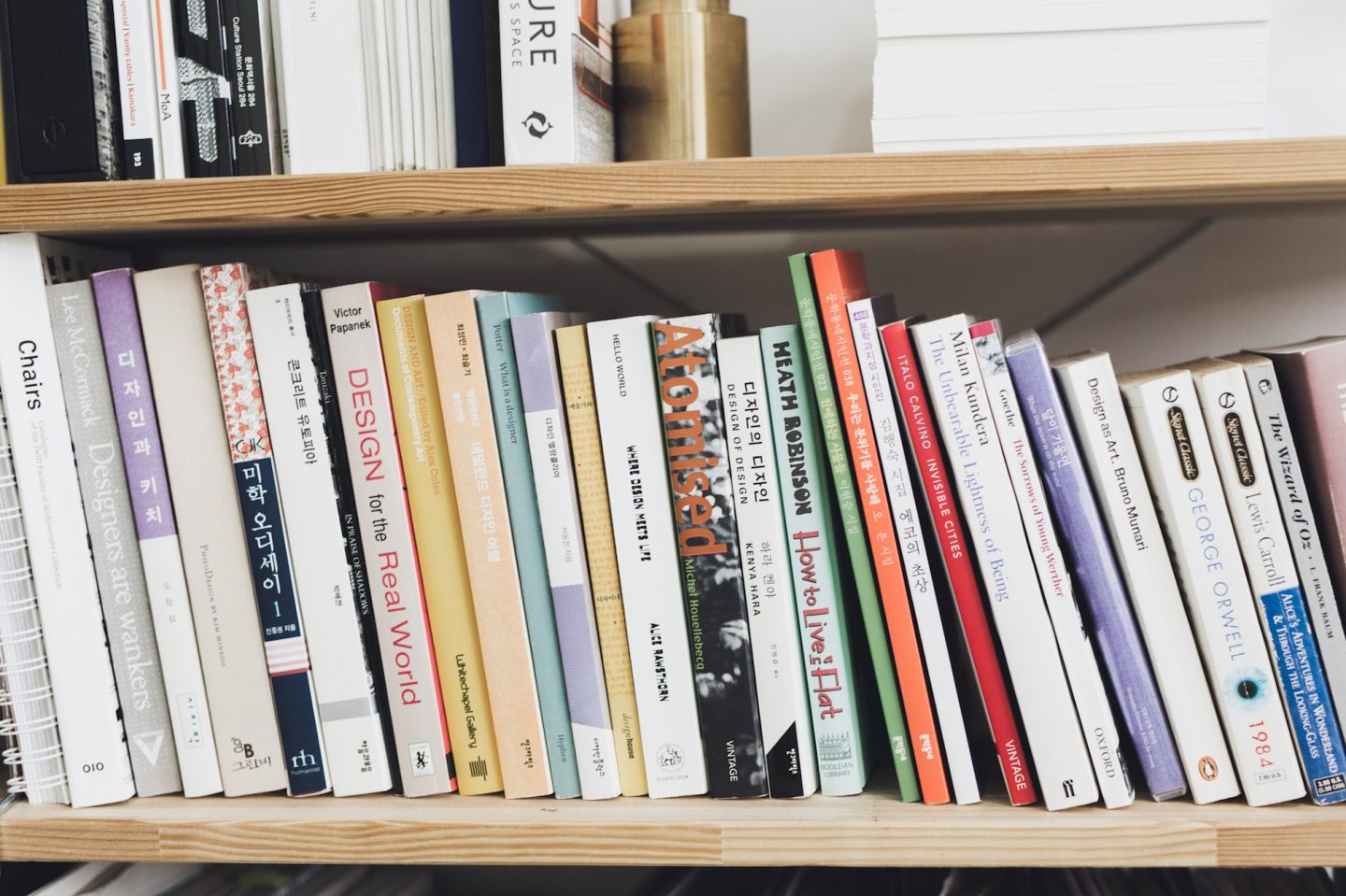
A good example of that would be like ‘Useful Living’, a series of ready-to-assemble furniture made of oak and brass that was influenced by urban spaces in Berlin. Can you talk more about this project and how it came to be?
Sanghyeok Lee: The series won the Time to Design Award in 2013 and the idea for the exhibition was: Design something that you would use for yourself – so, for me as a person. So first it was that concept, but I saw a lot of scaffolding structures in Berlin at that moment – and there’s still a lot here – and somehow I began thinking about the life of scaffolding structures.
They’re very useful in a construction site, but on the other hand, they’re very unstable as well.
Sometimes they’re very useful and other times, they’re gathered together and moved around to other cities. So I thought that was kind of similar to me, because it was right after I finished school, and I thought, ‘I’m very useful as a person and a designer. I can make things, but basically I’m kind of jobless and unstable in life.’ Then I tried to combine these ideas together and reinterpreted scaffolding structures into furniture – so building them up is kind of like a person becoming useful.
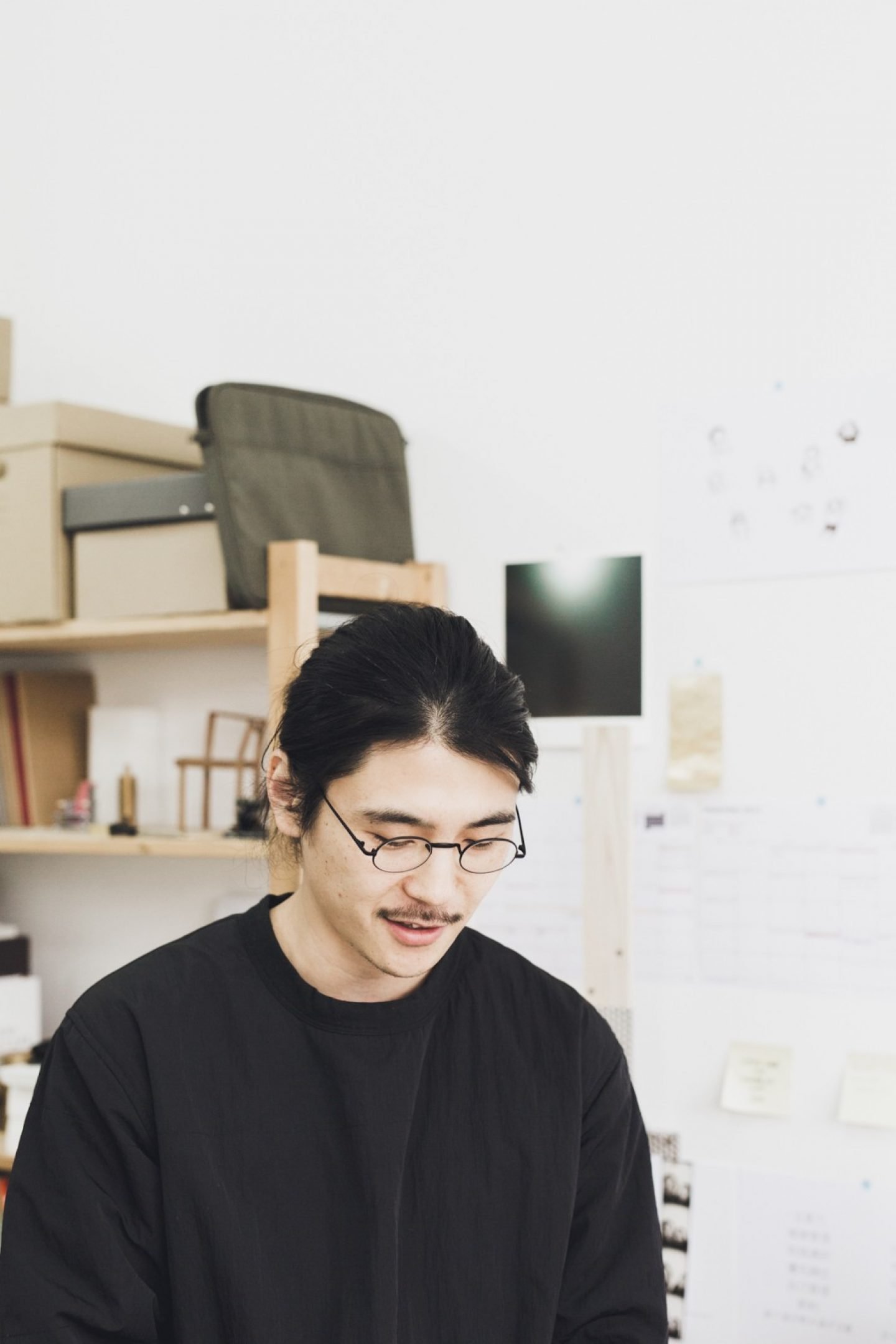
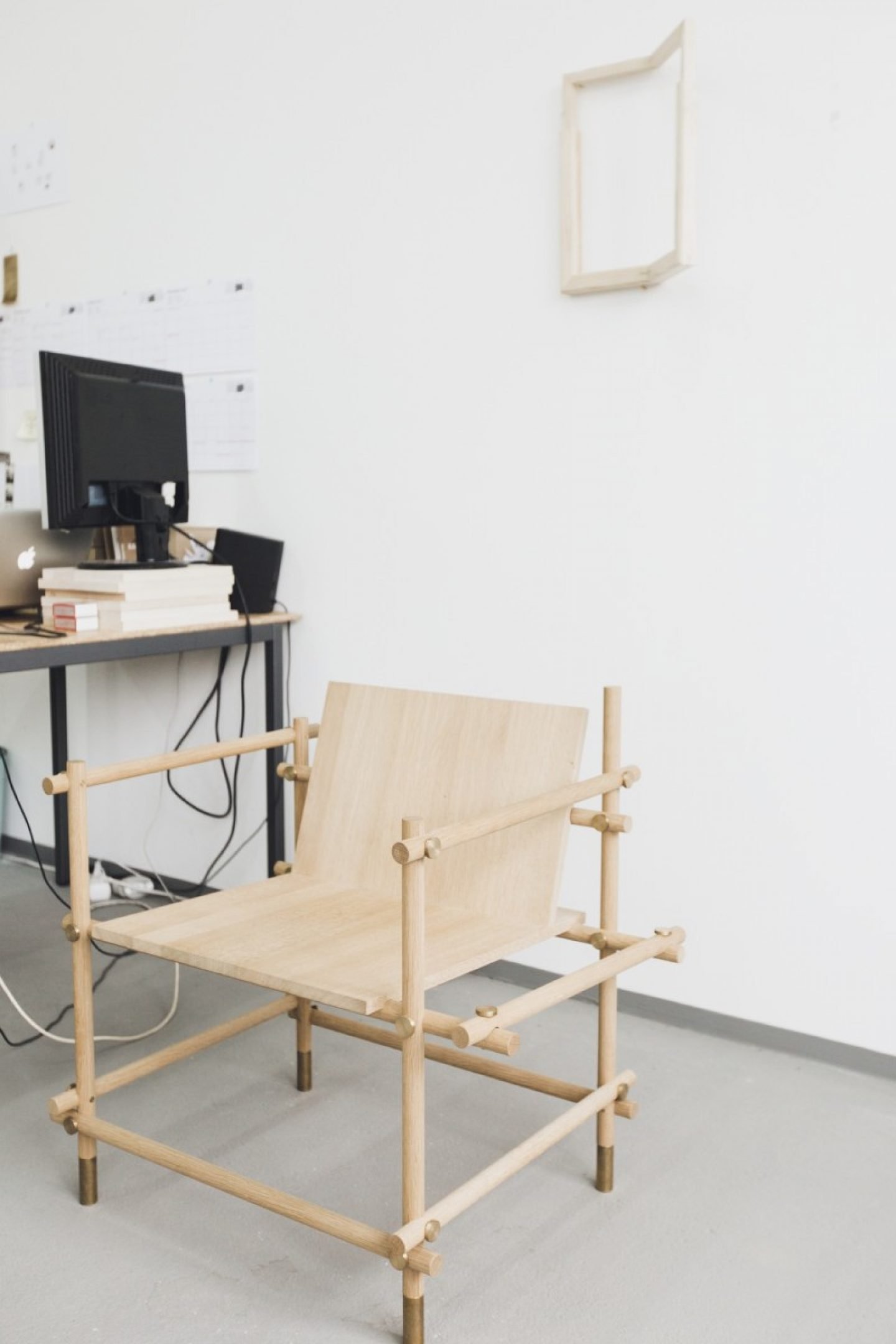
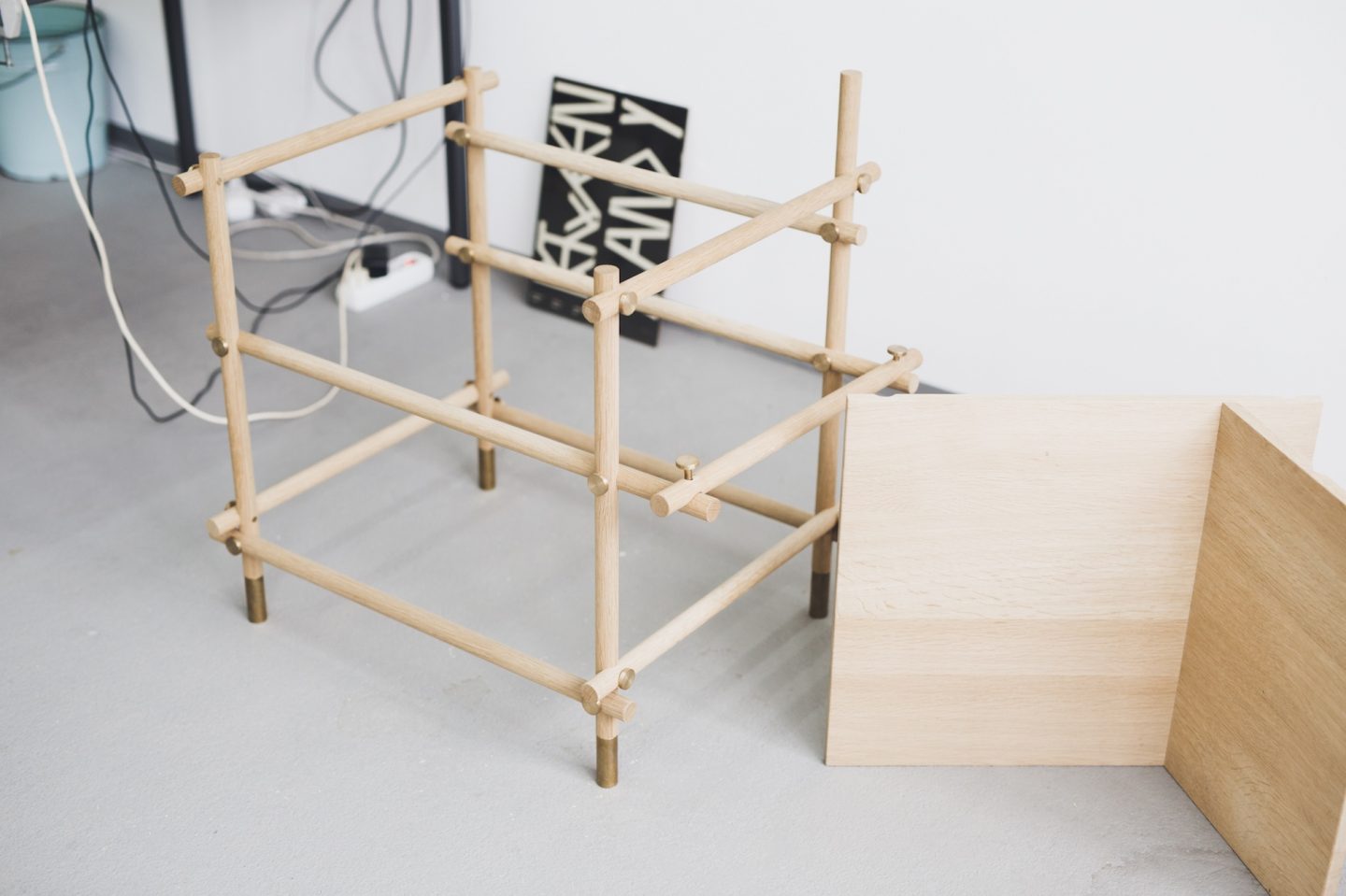
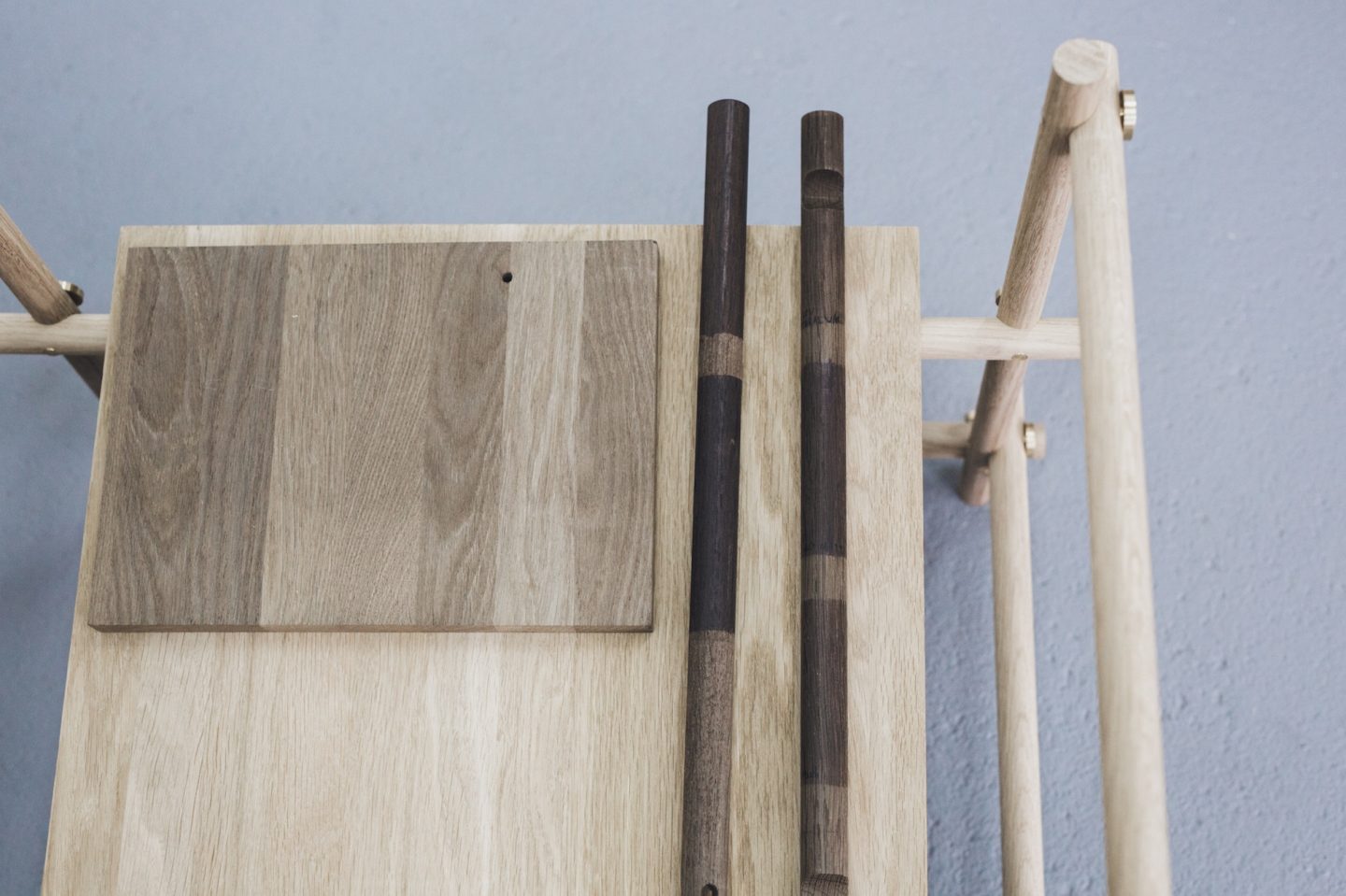
So after research, ideation, sketching and building models in your studio, you produce the actual designs in a workshop in Wedding?
Sanghyeok Lee: Yes, and every time I use the workshop, I bring all my tools and materials. When I go there, I work for three weeks to a month because I’ll collect all my other projects as well.
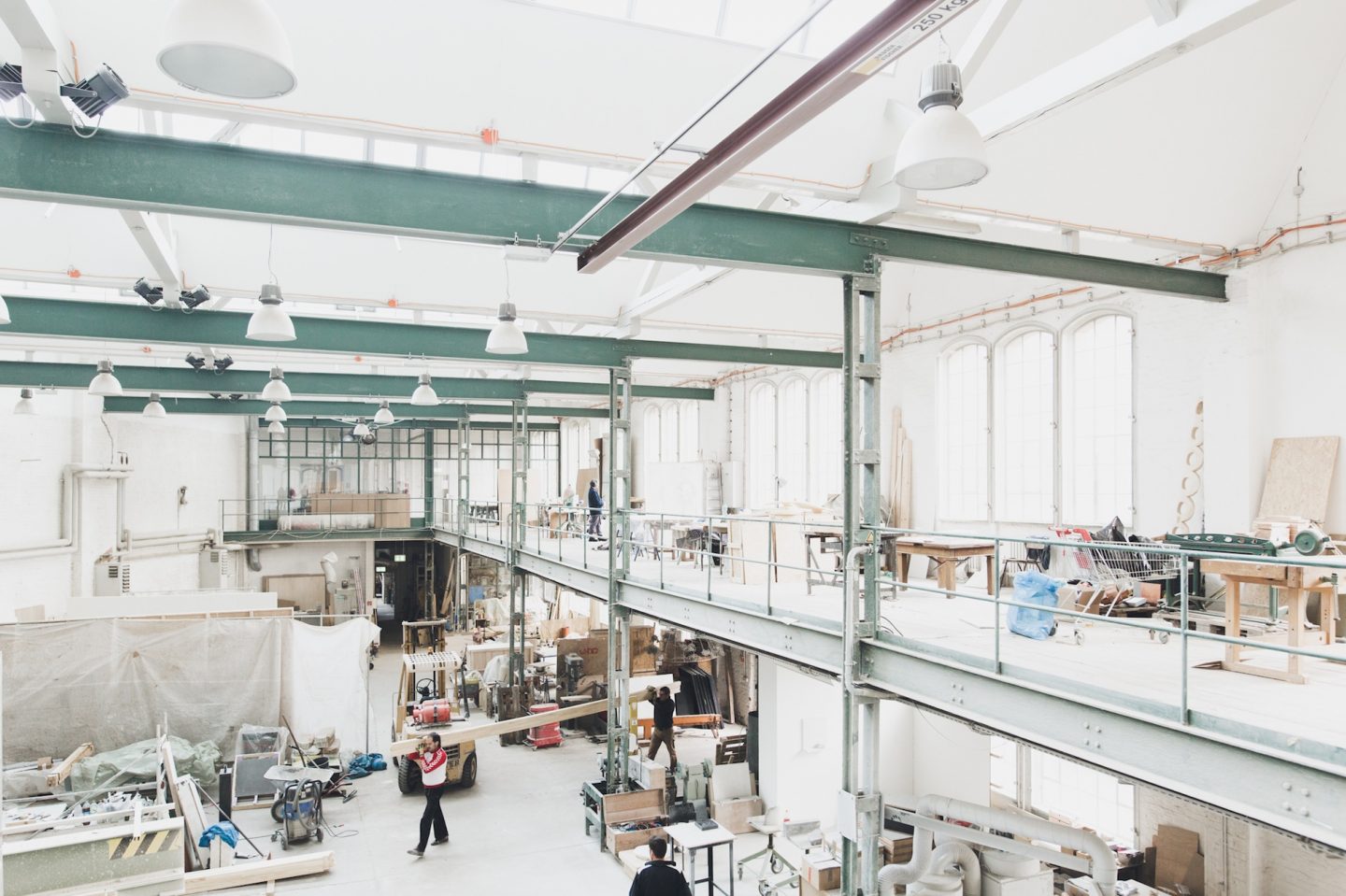
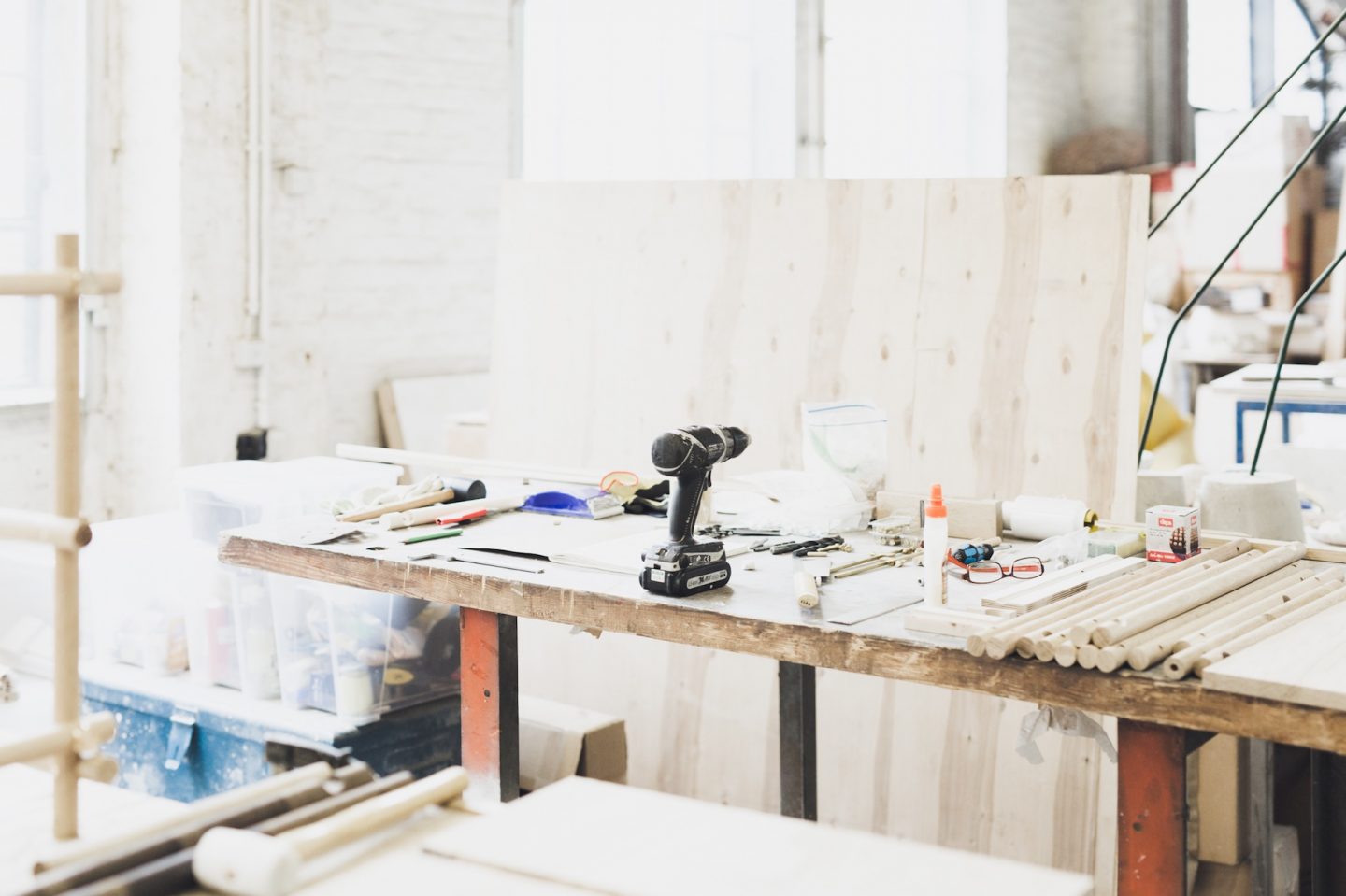
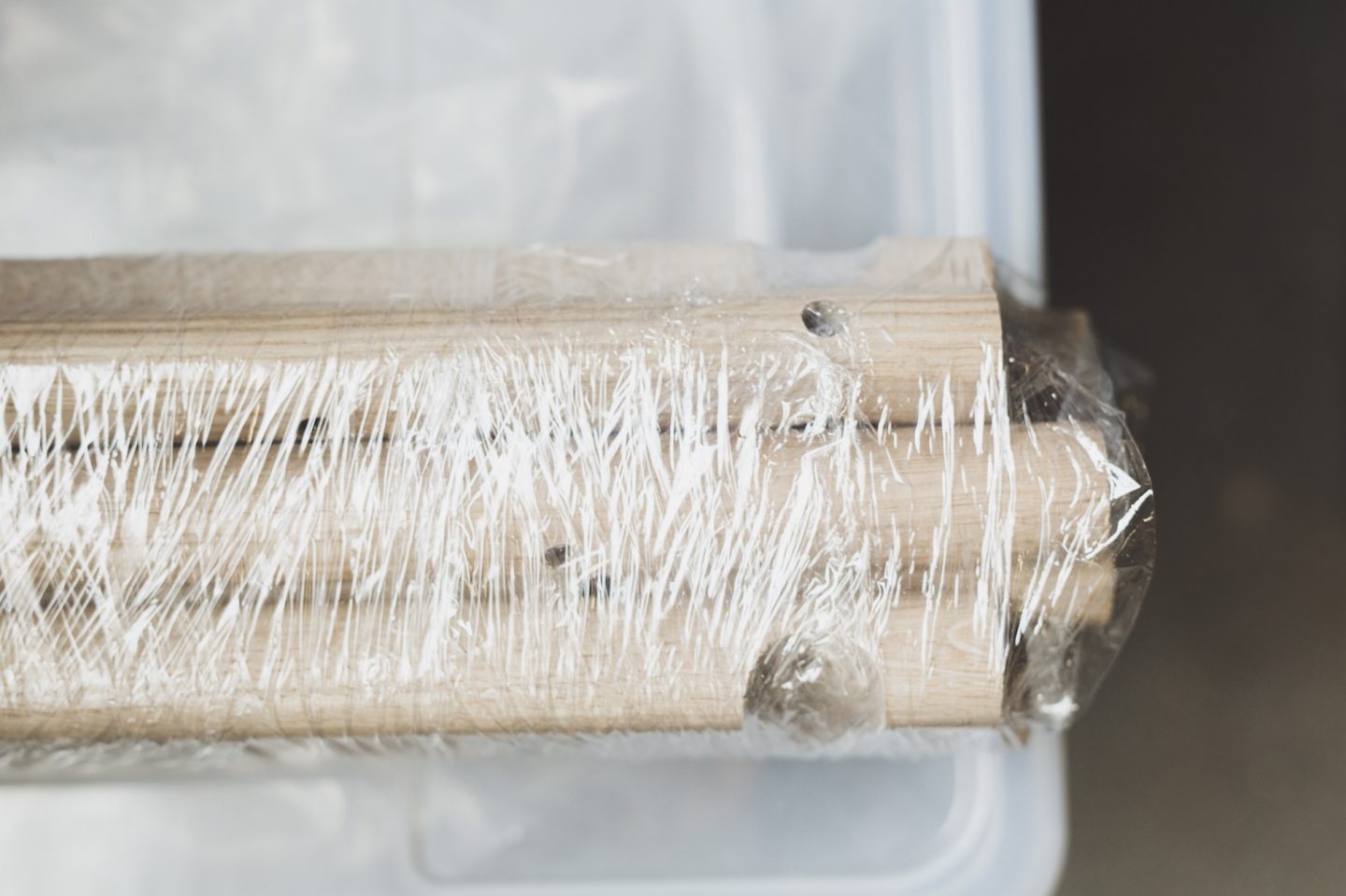
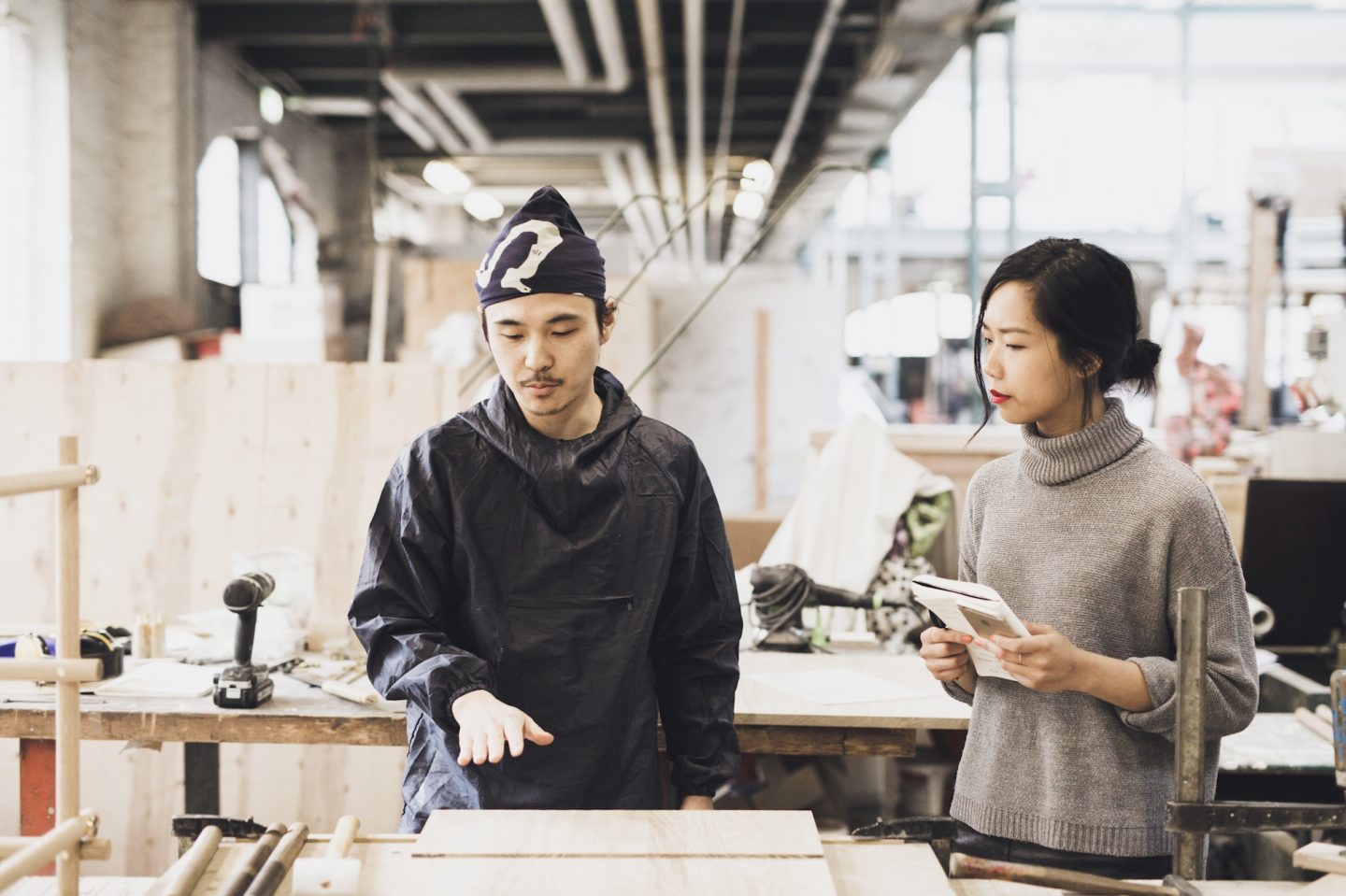
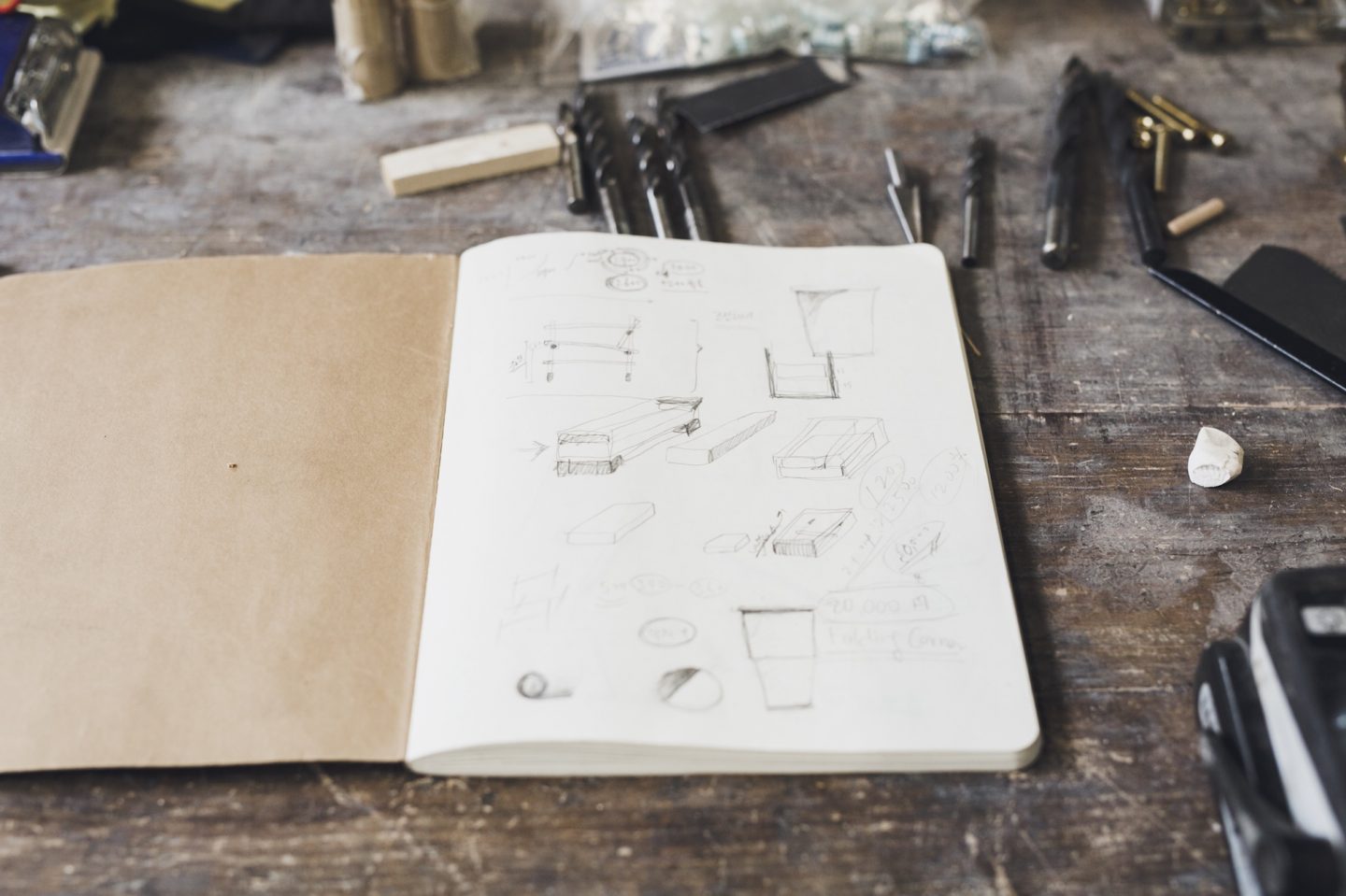
Do you see yourself staying here in Berlin for a while?
Sanghyeok Lee: “To create something, I don’t think it’s necessary to follow trends.” Yah, but actually as a design scene, it’s pretty weak because it’s mostly artists here. But for me, it’s really nice to see how things are going at the moment. To create something, I don’t think it’s necessary to follow trends – as long as you’re able to make something for the present or future.
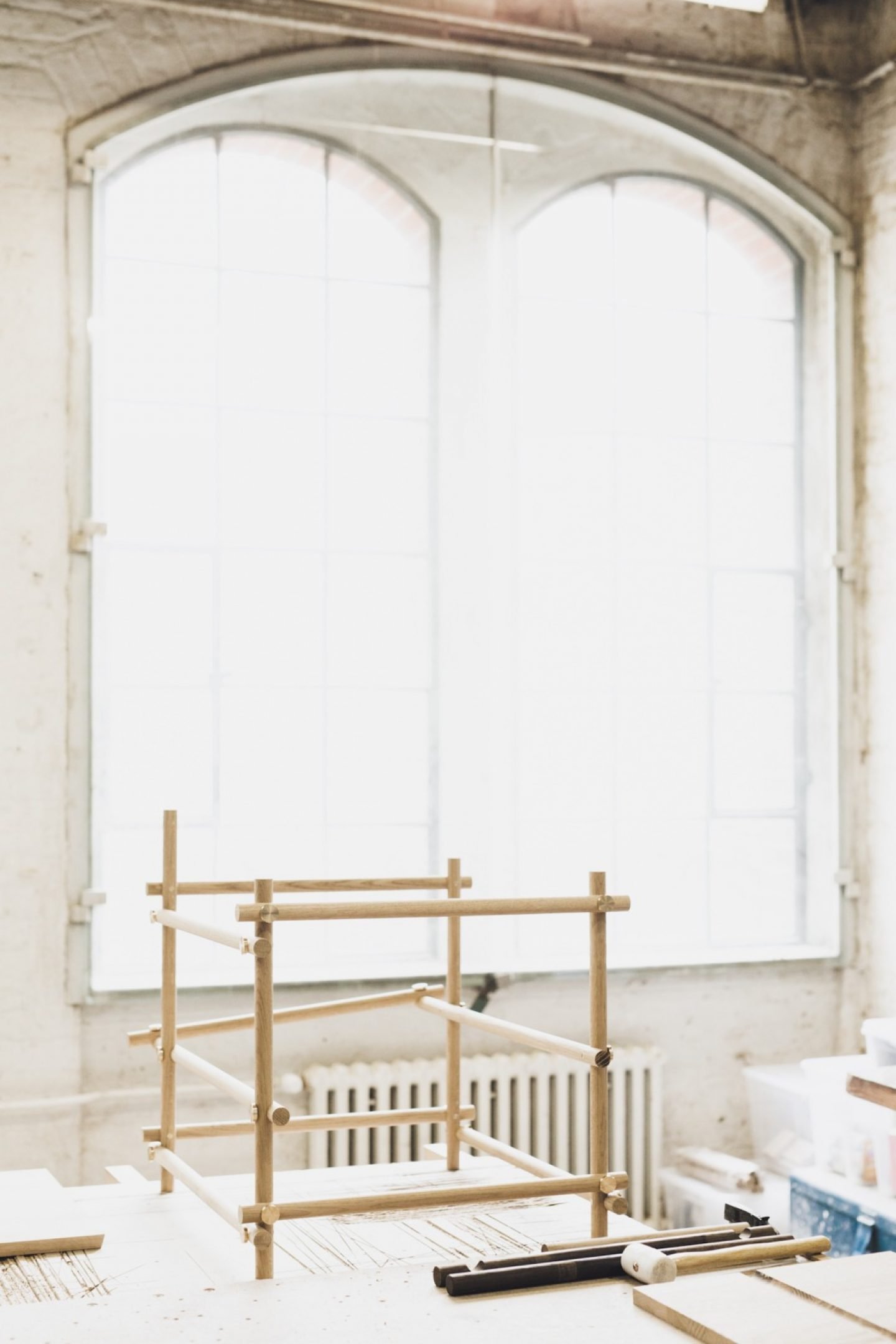
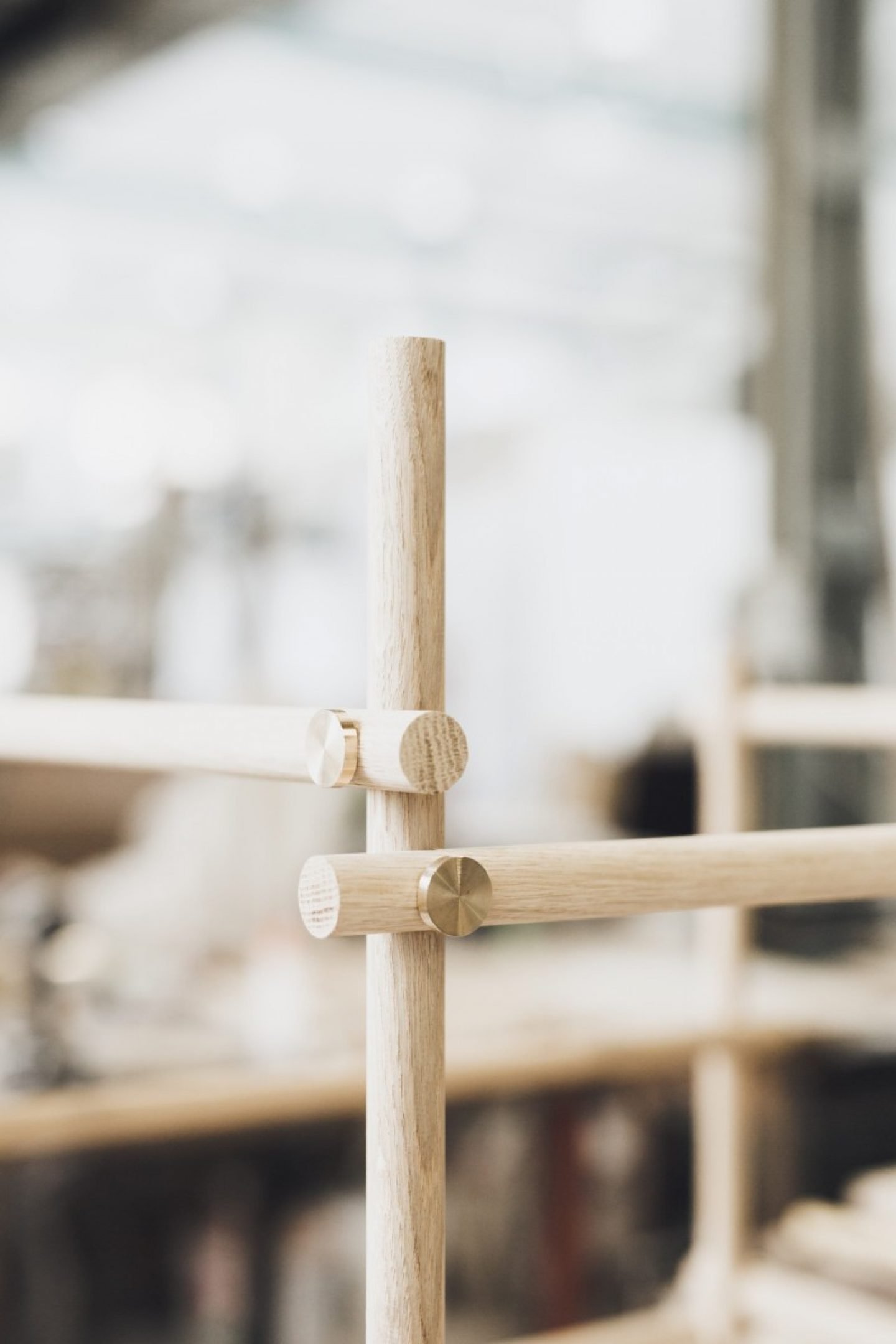
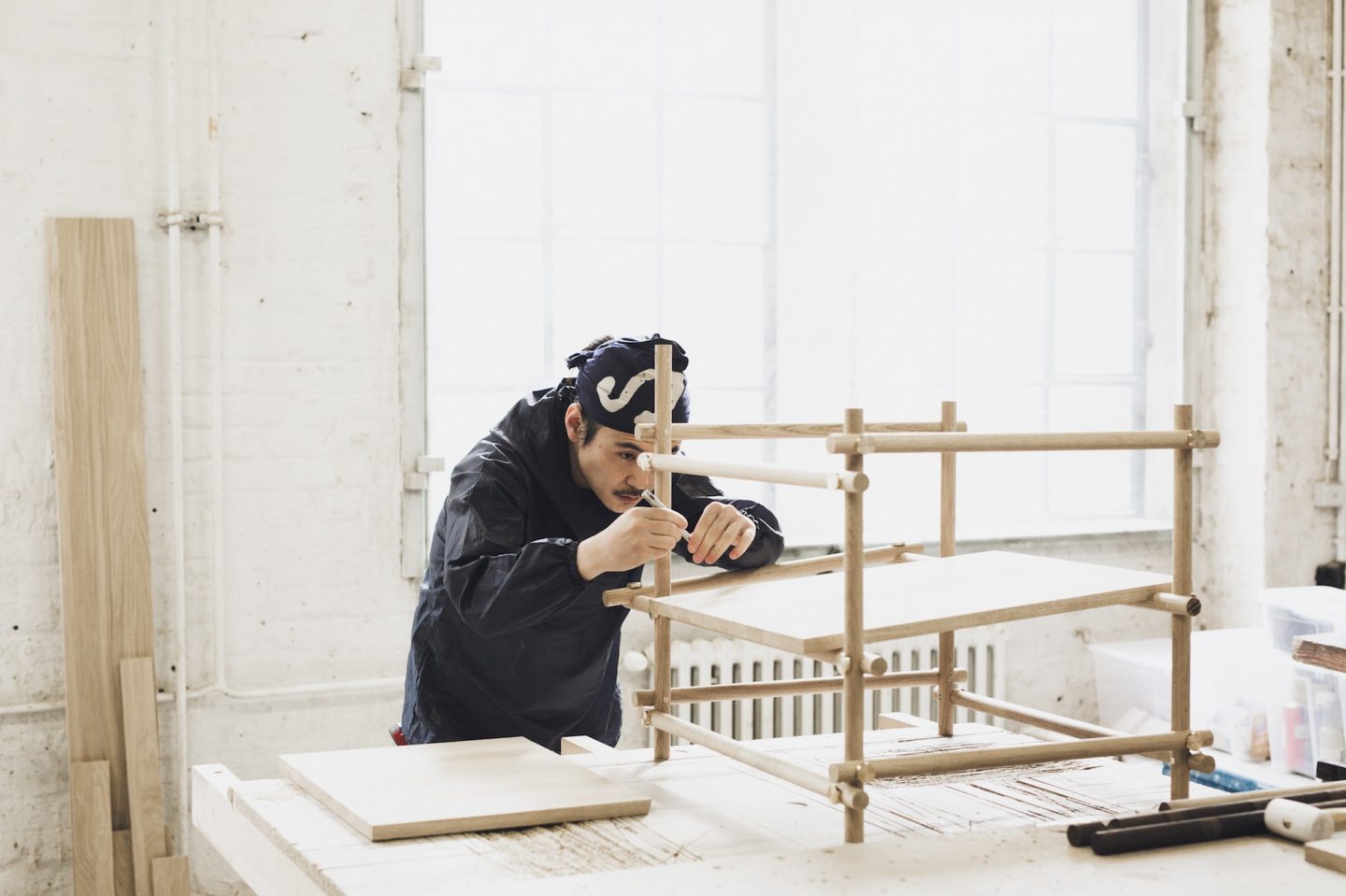
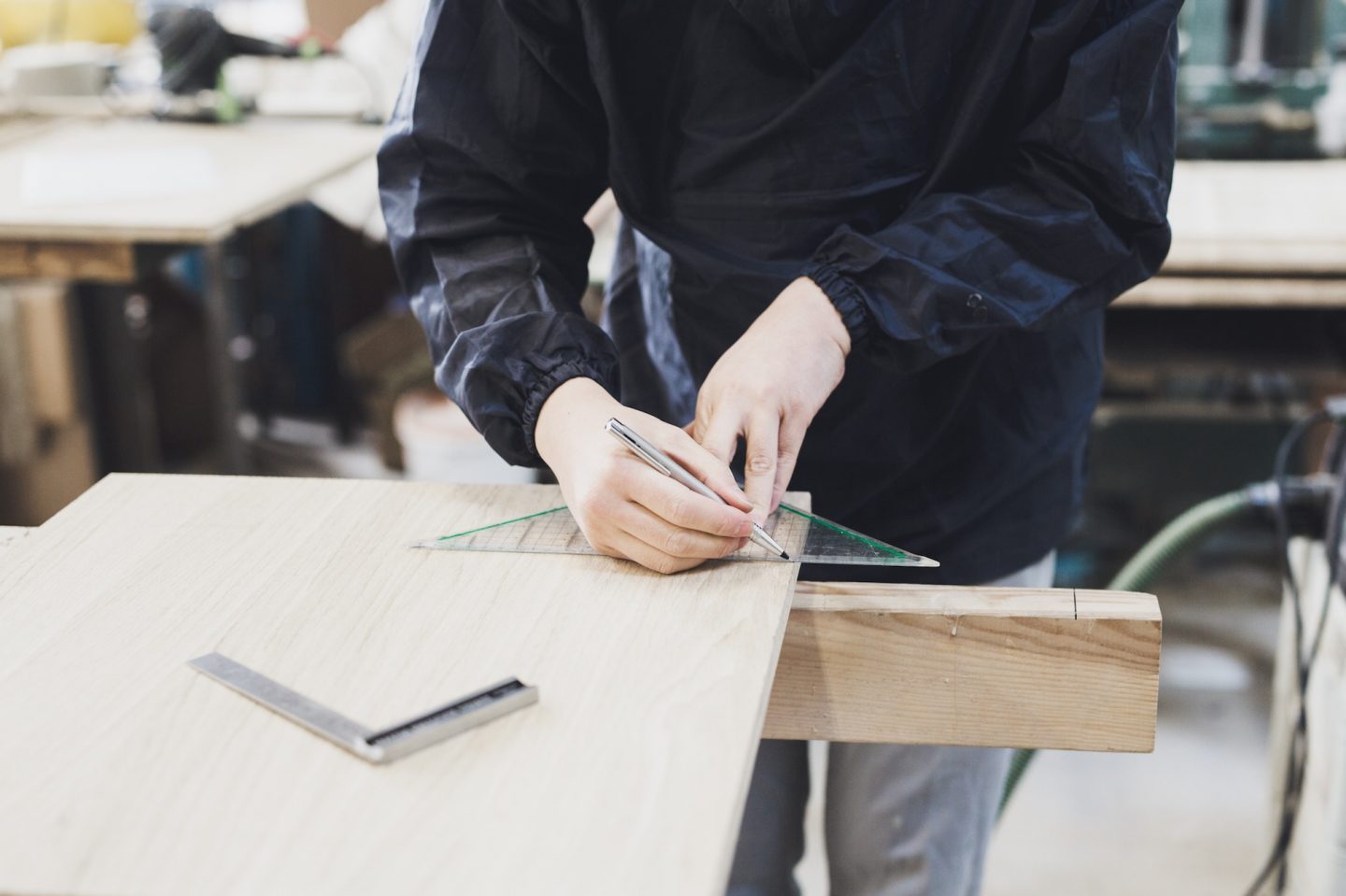
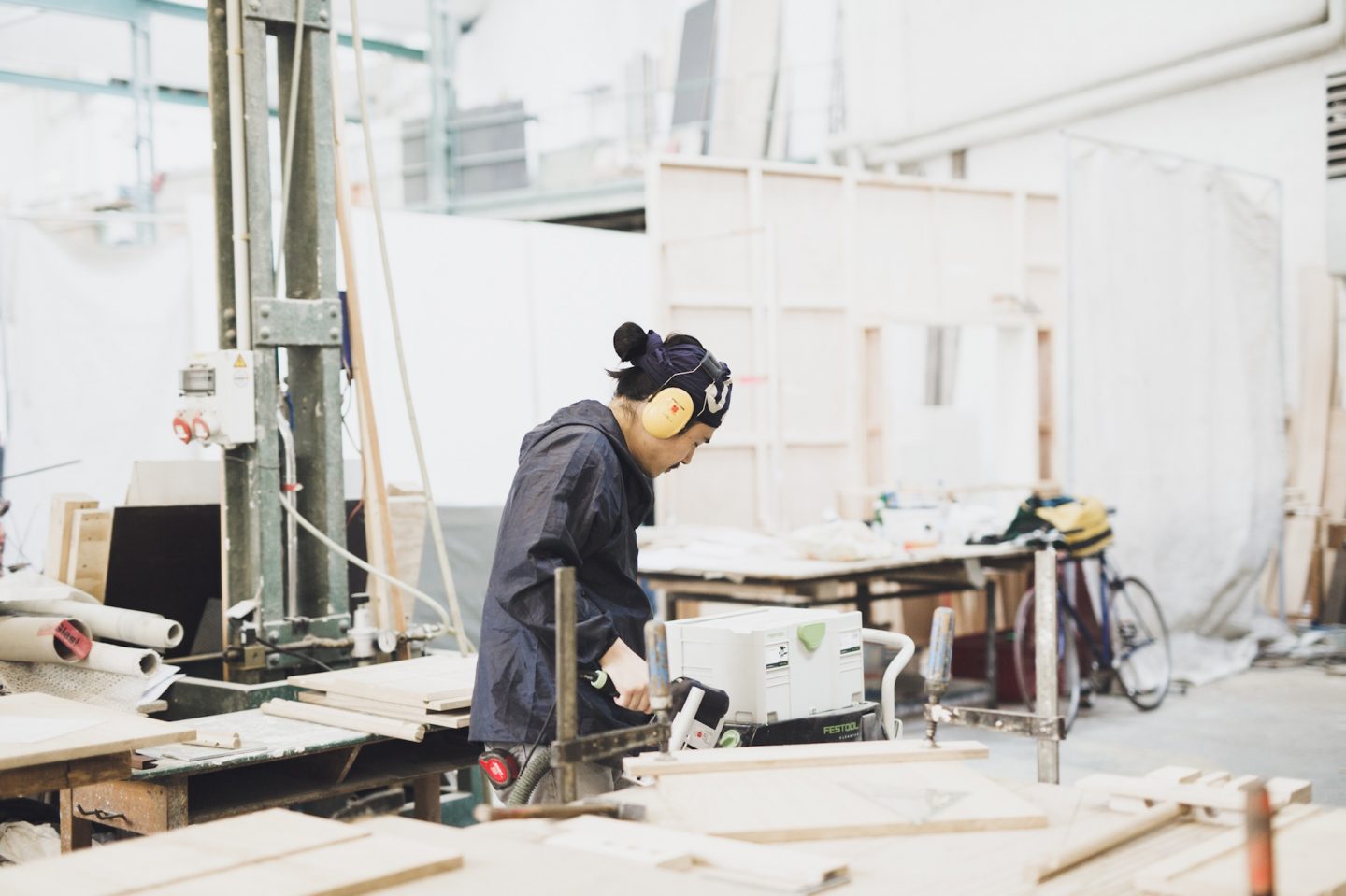
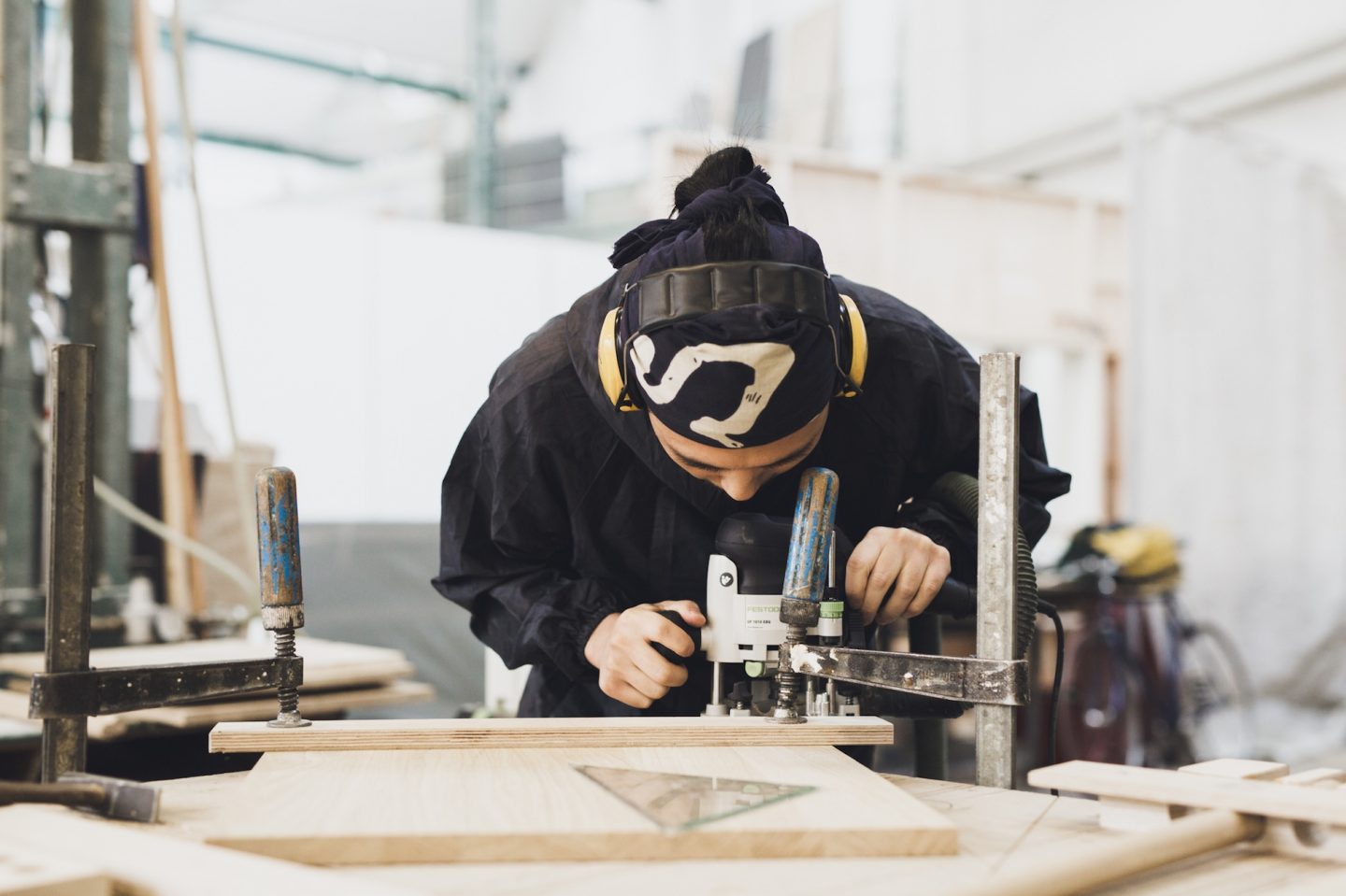
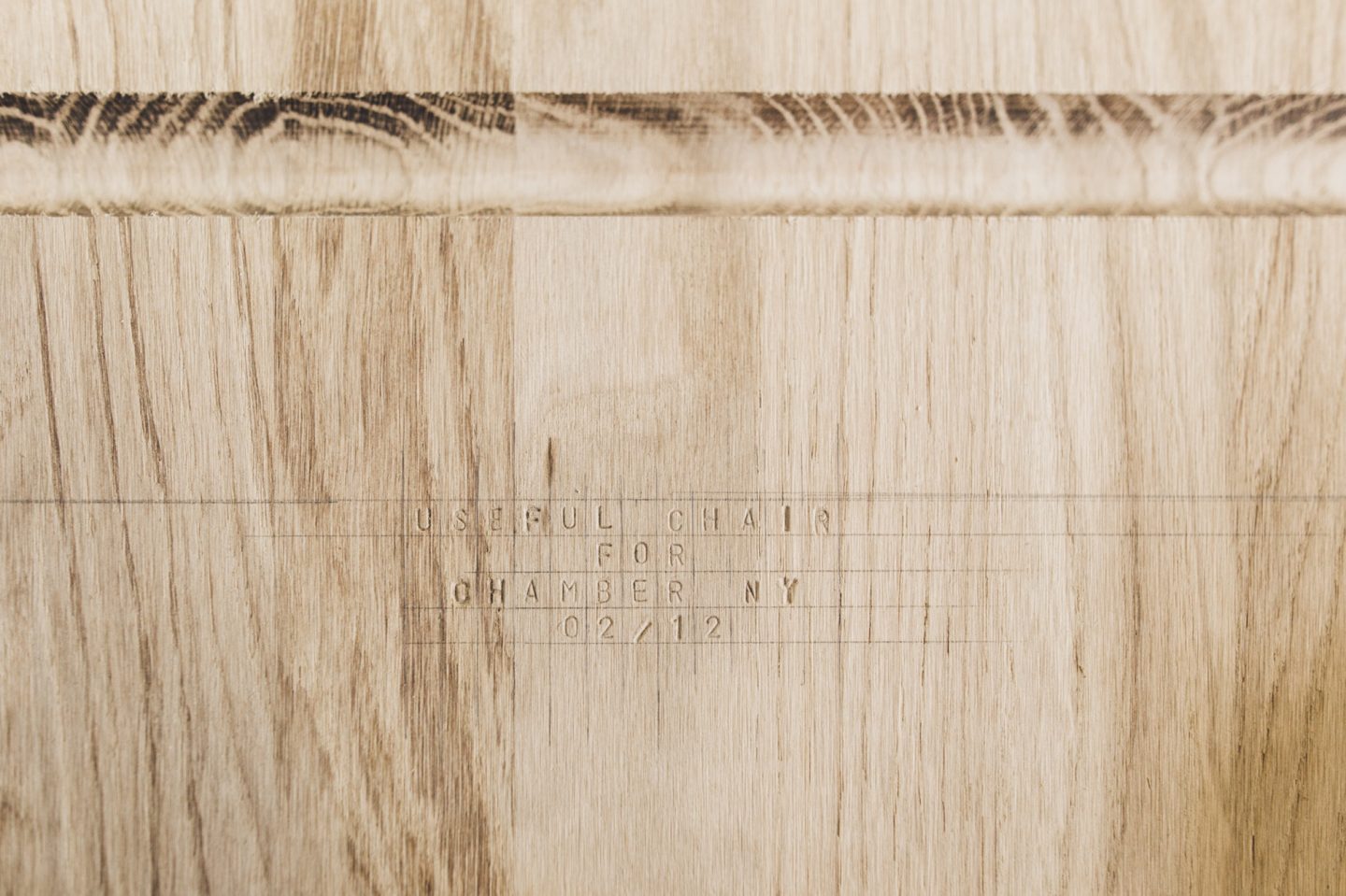
Photos by Ana Šantl, Interview and Text by Charmaine Li
